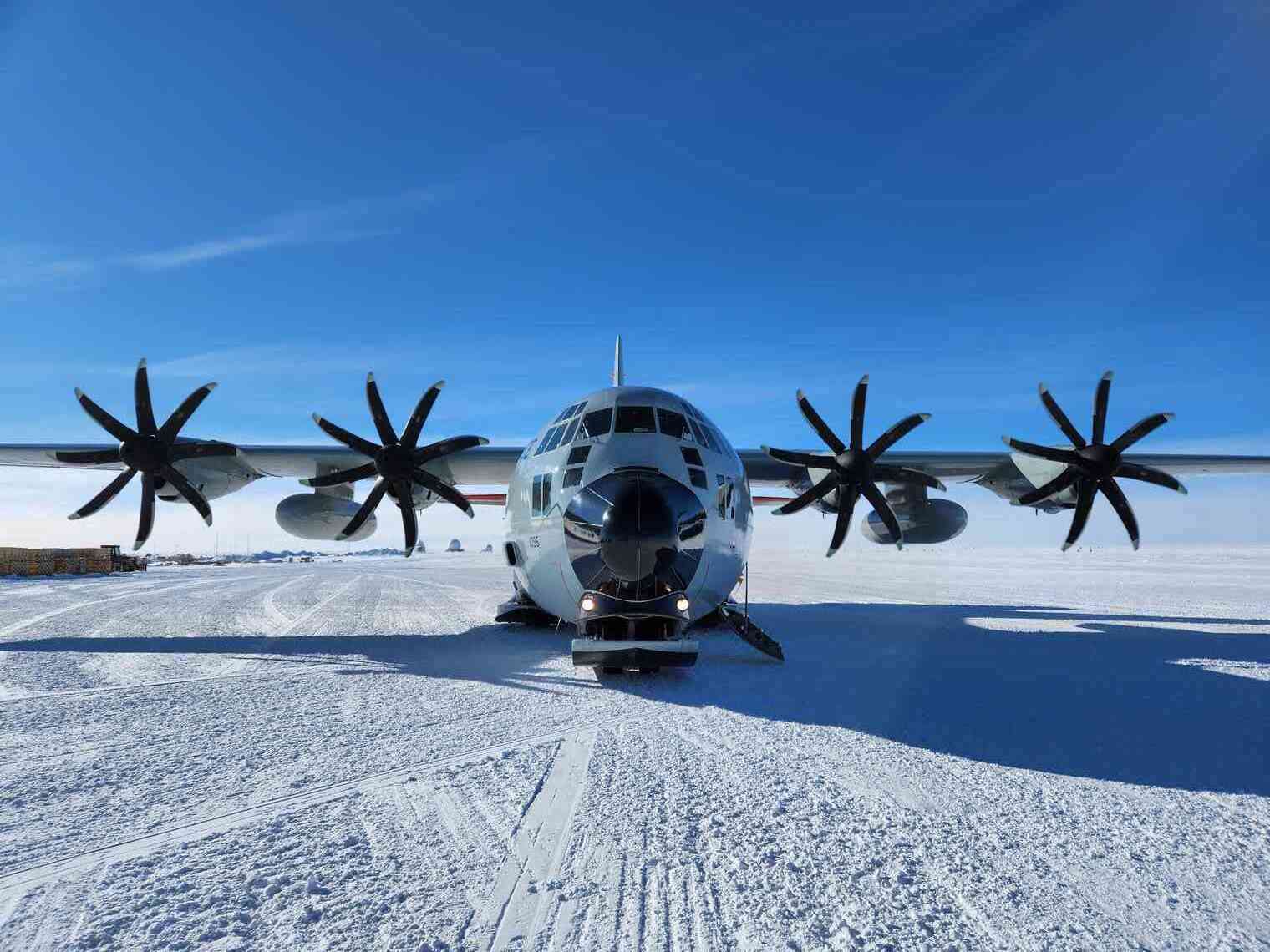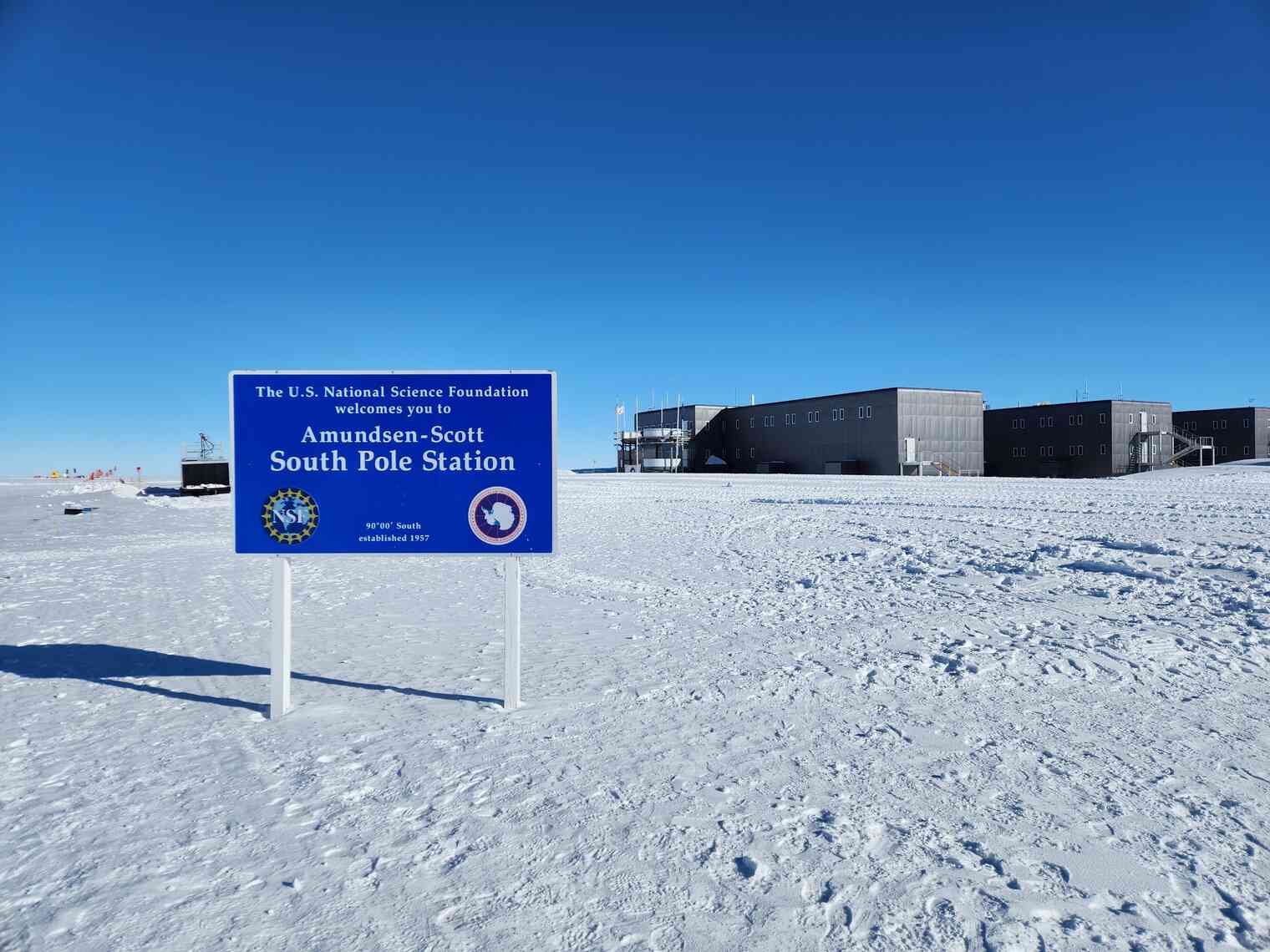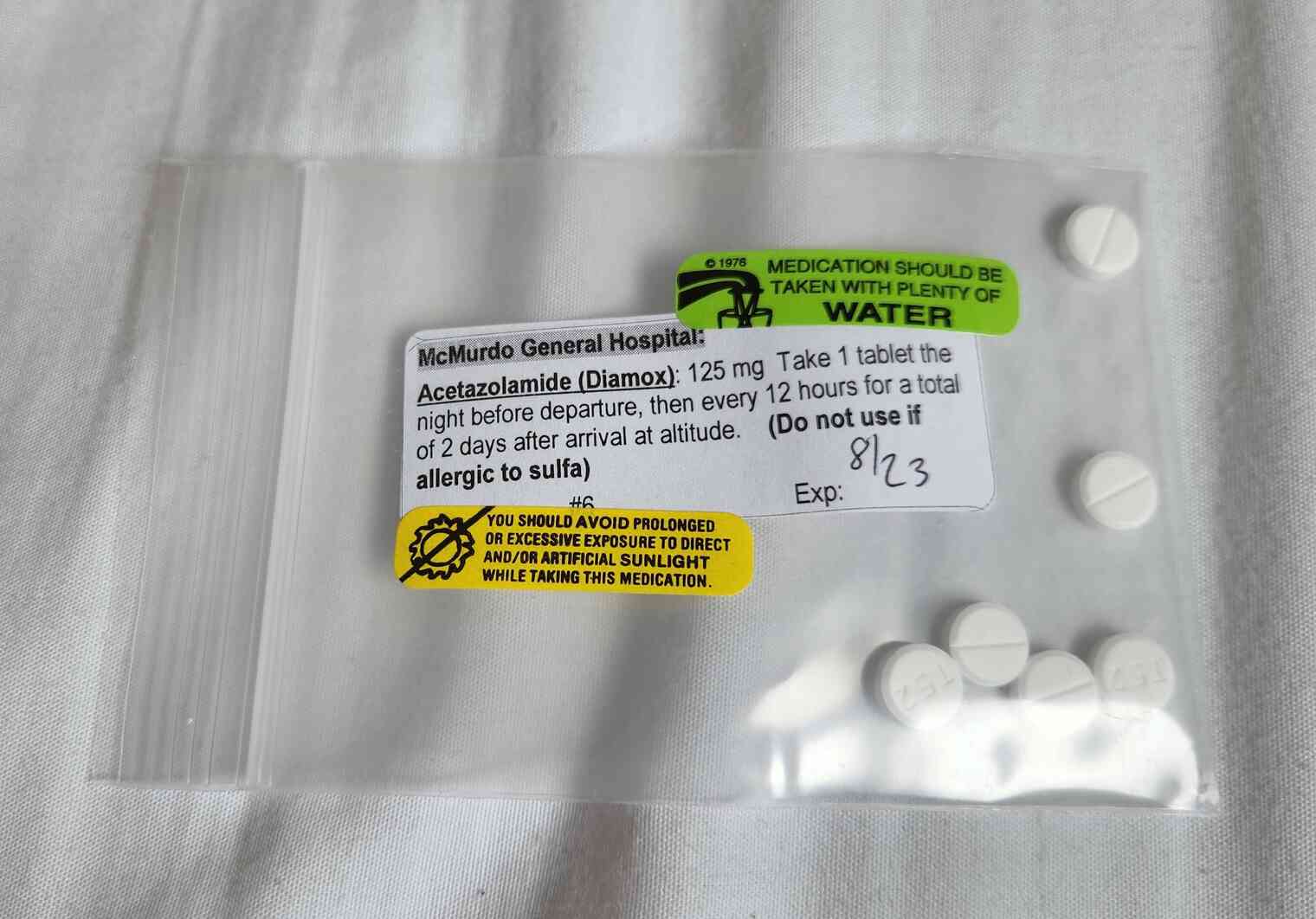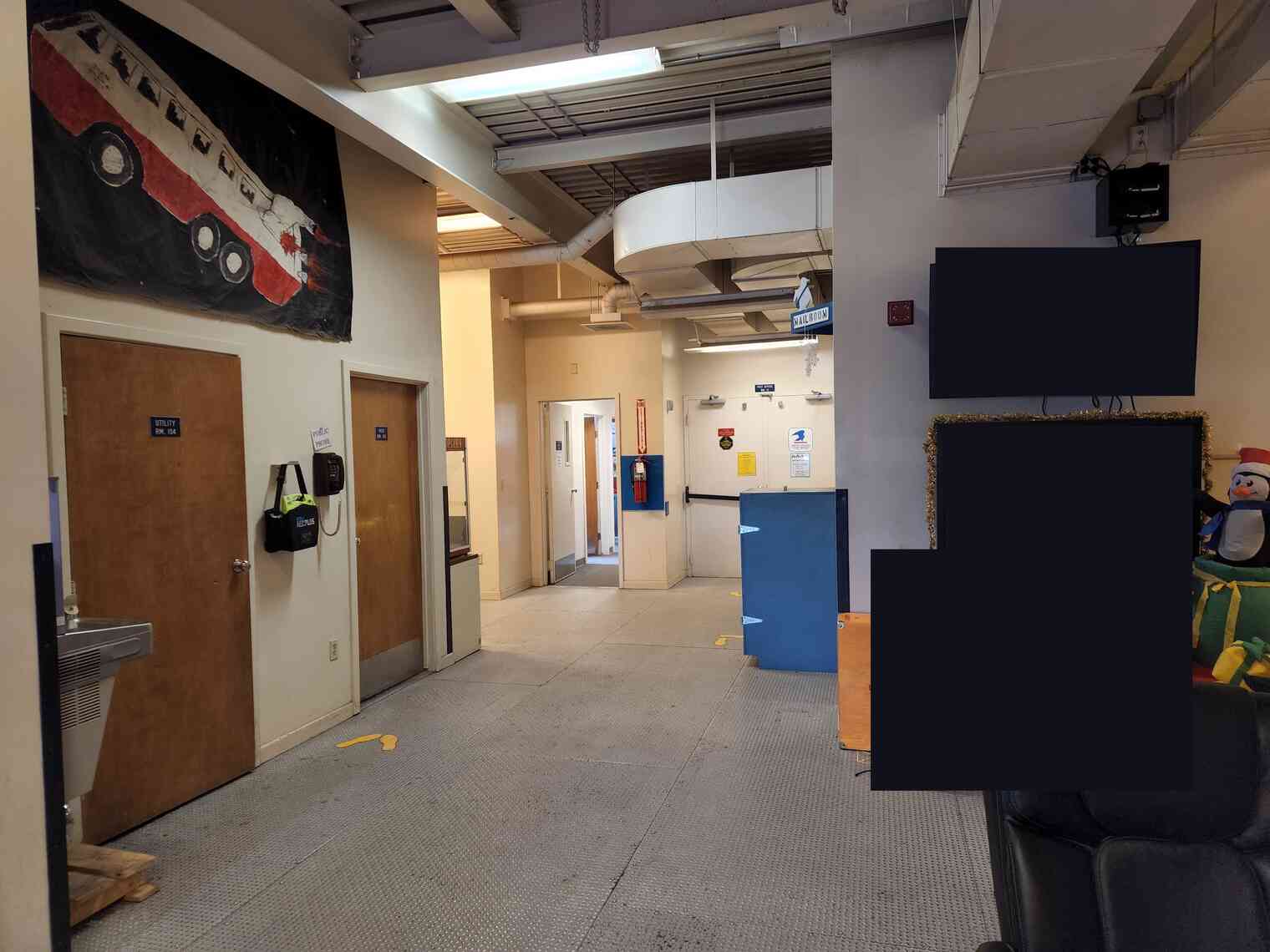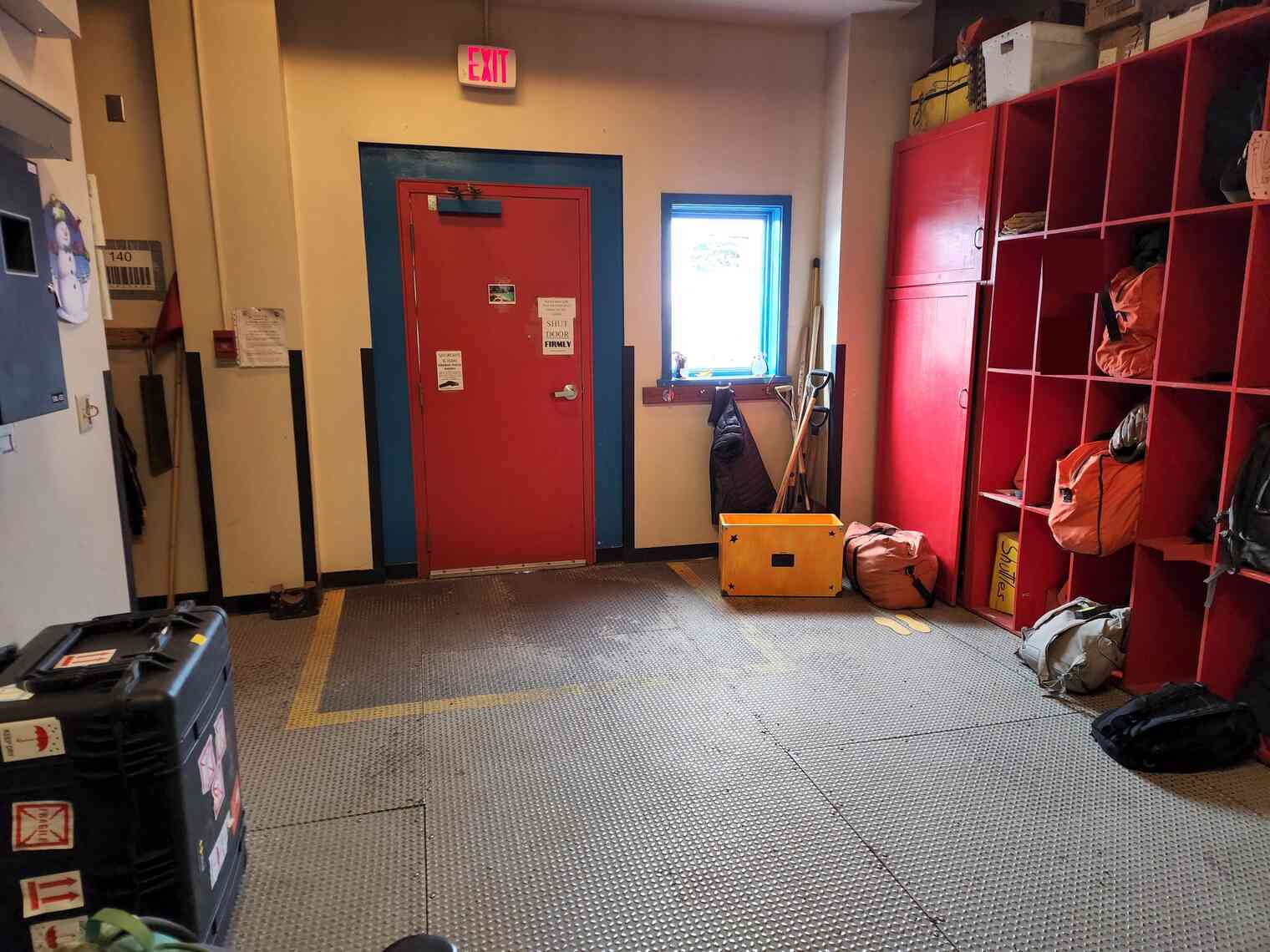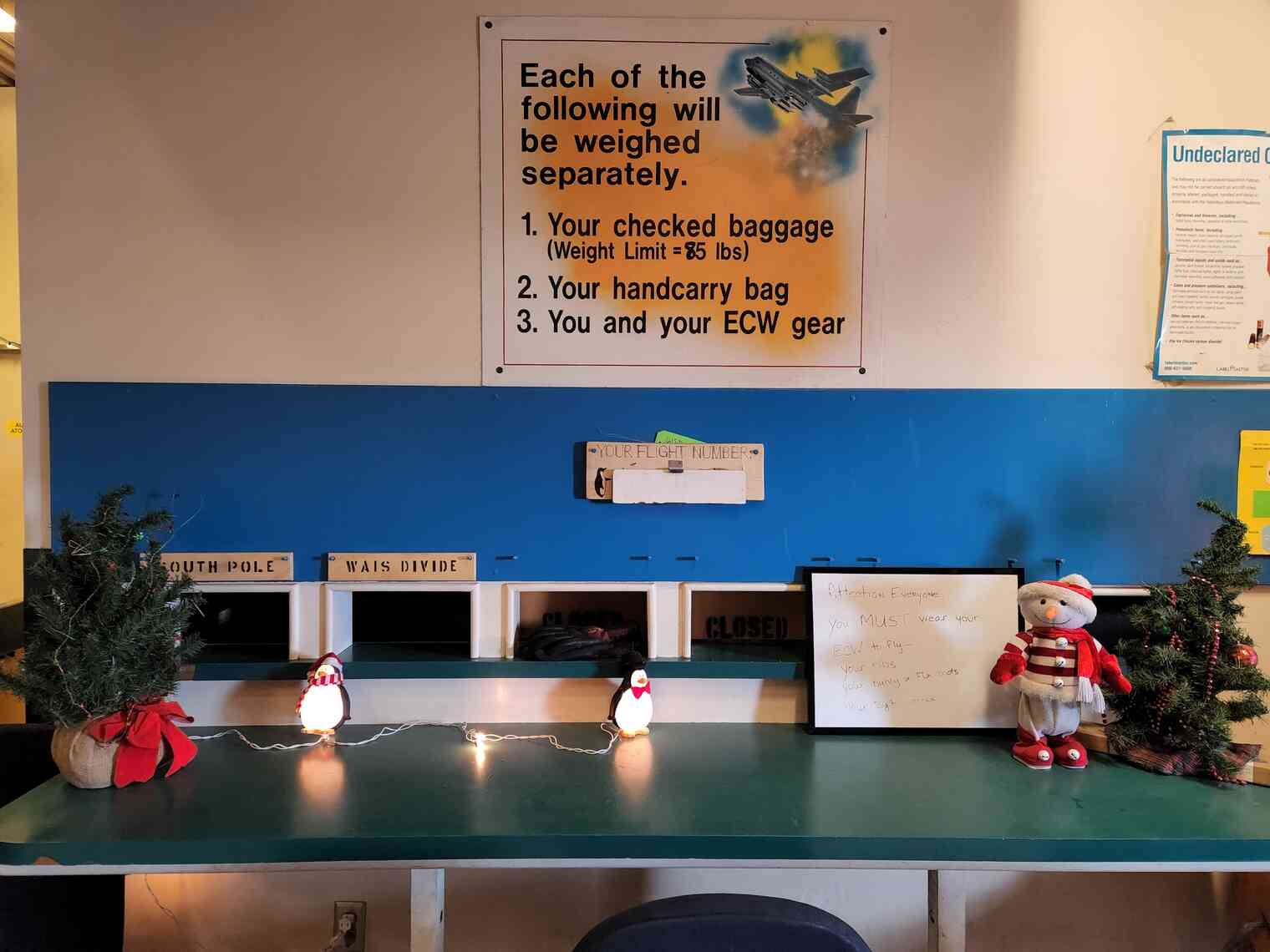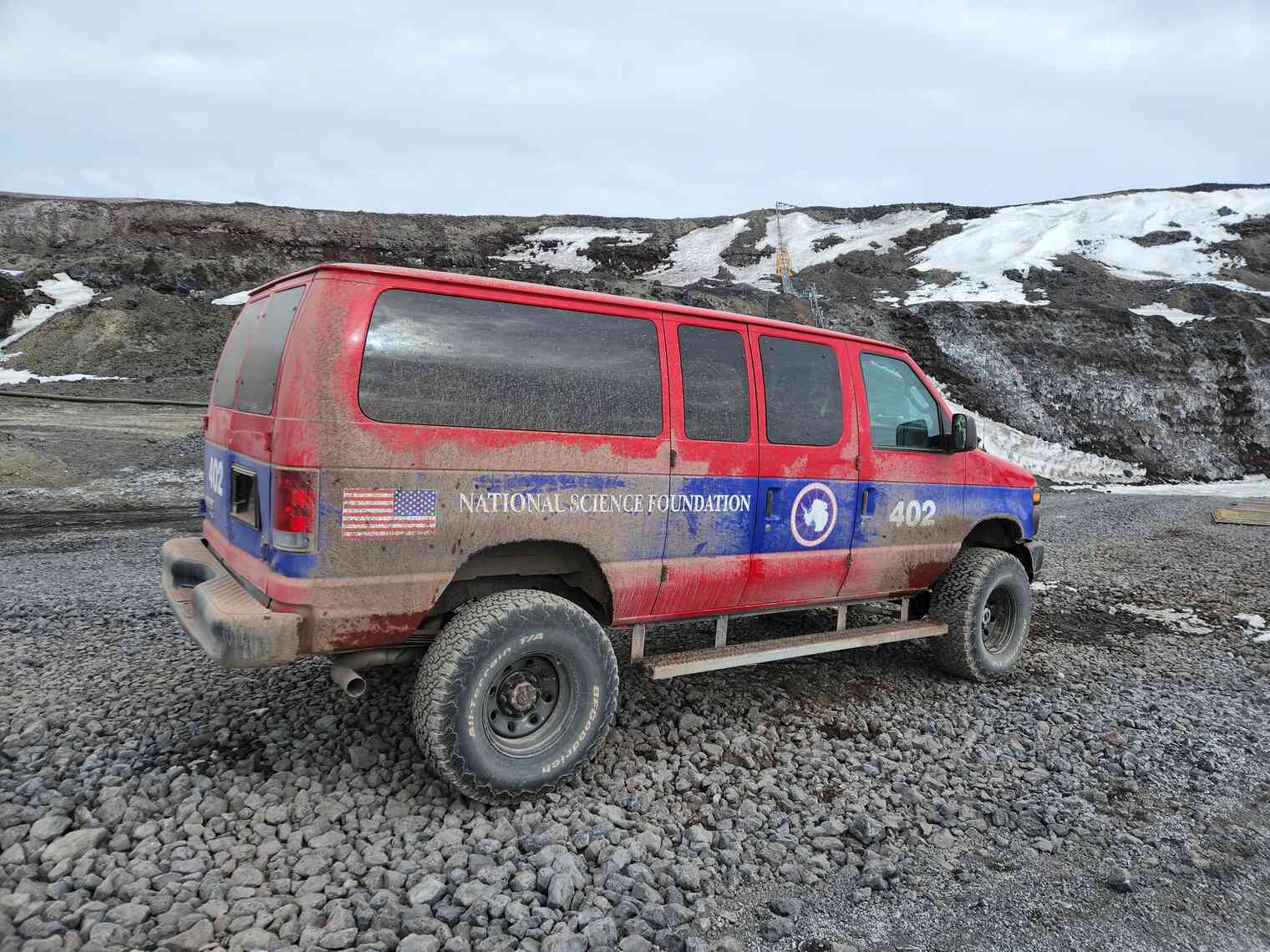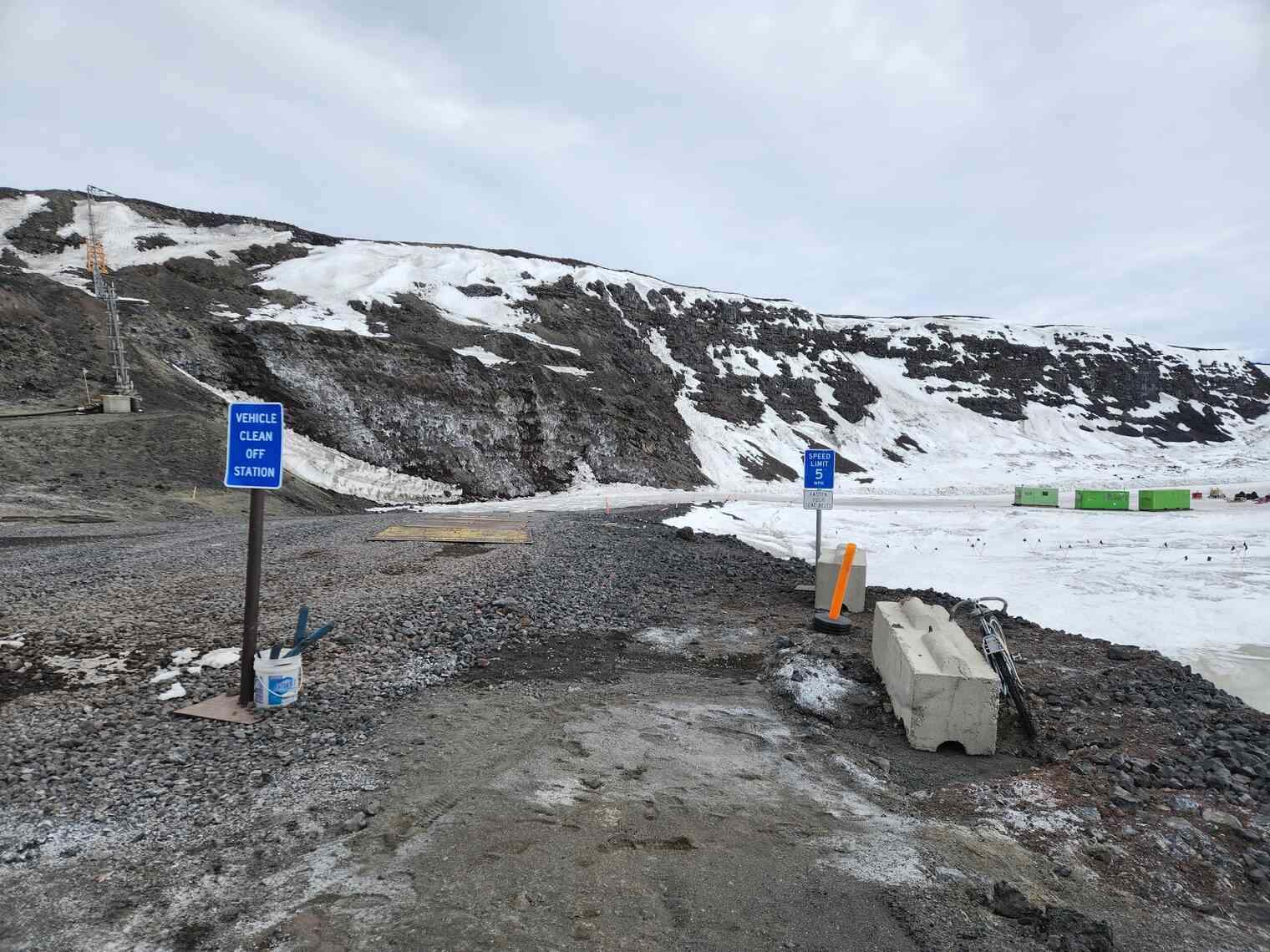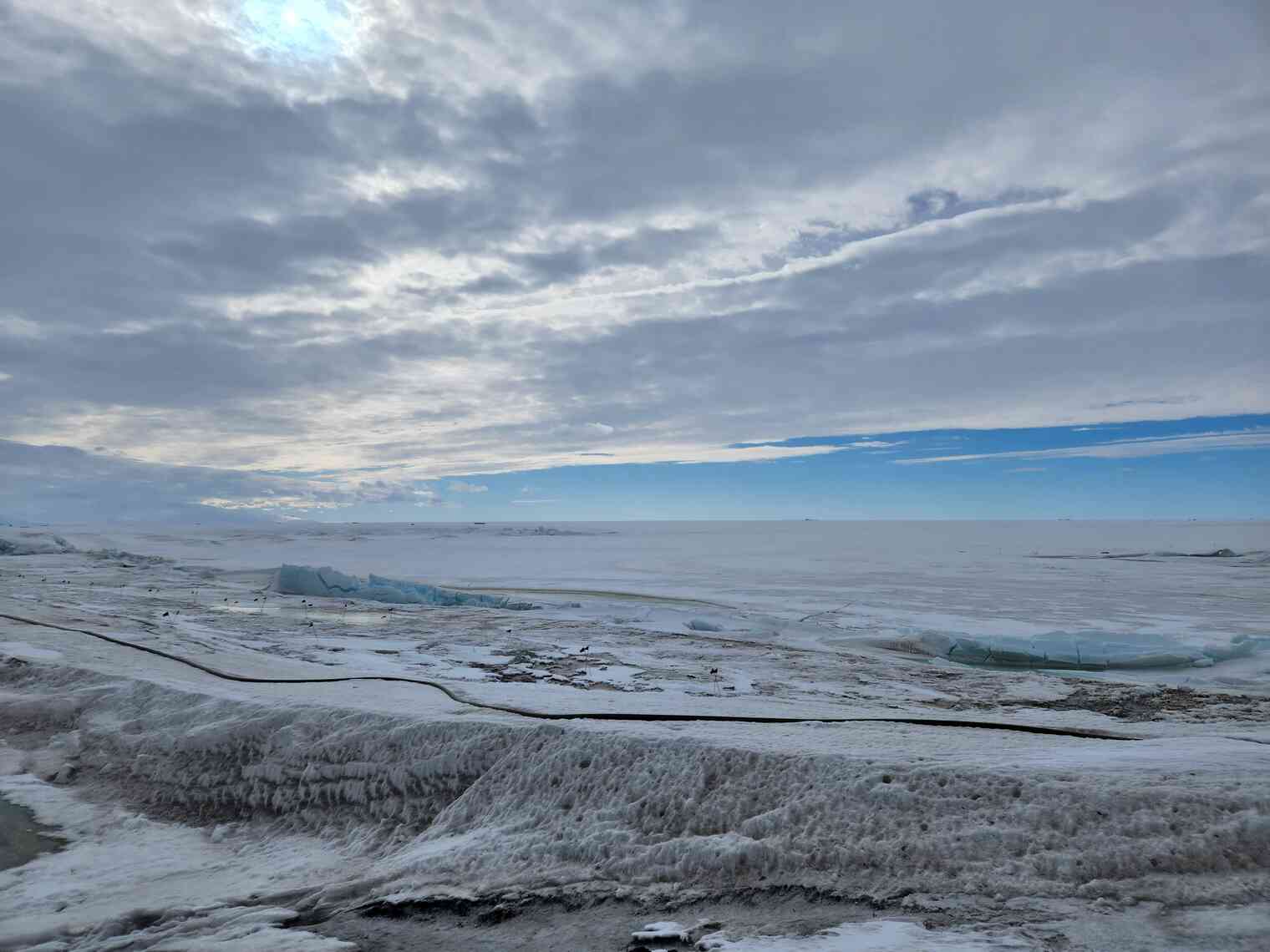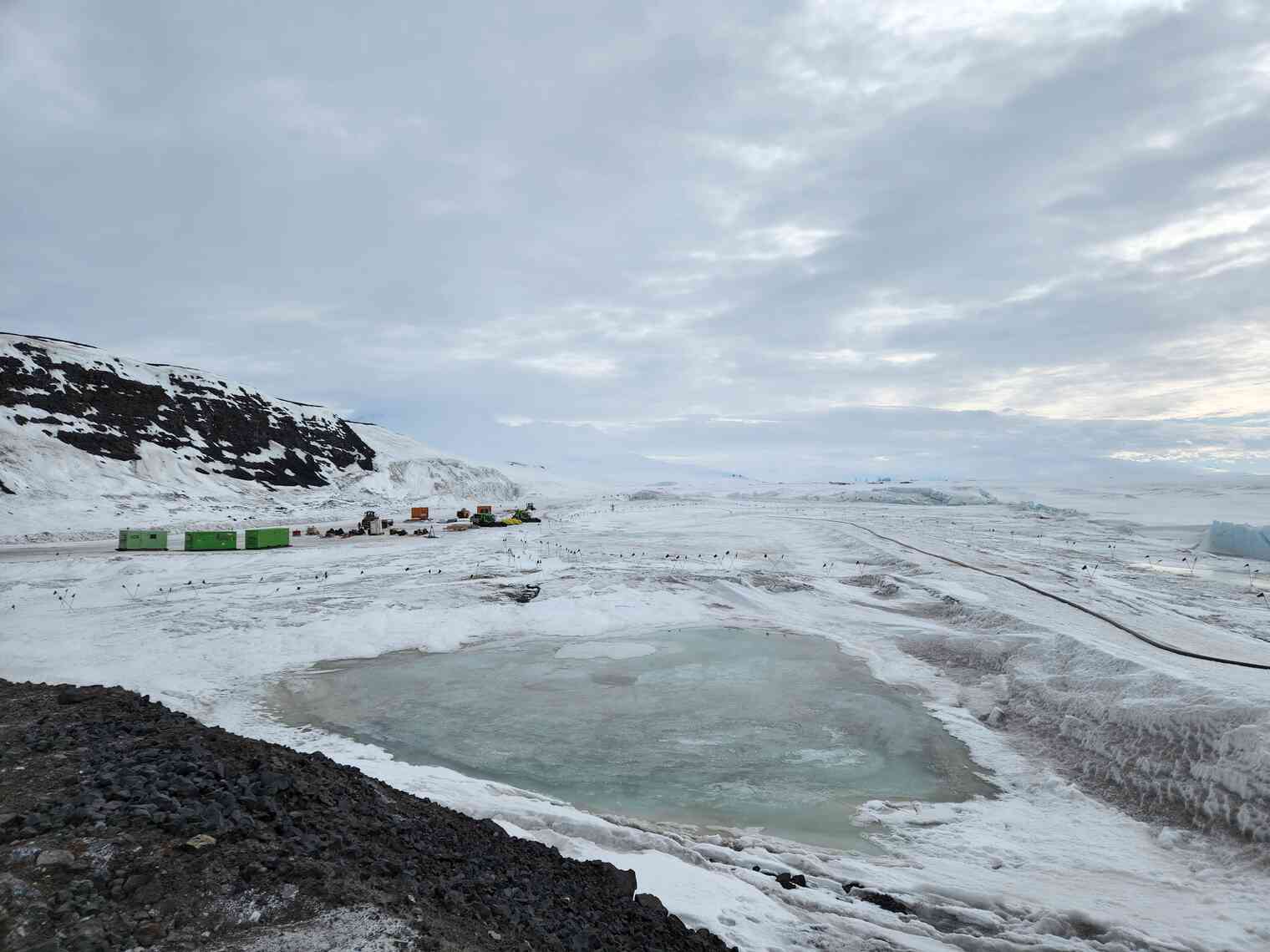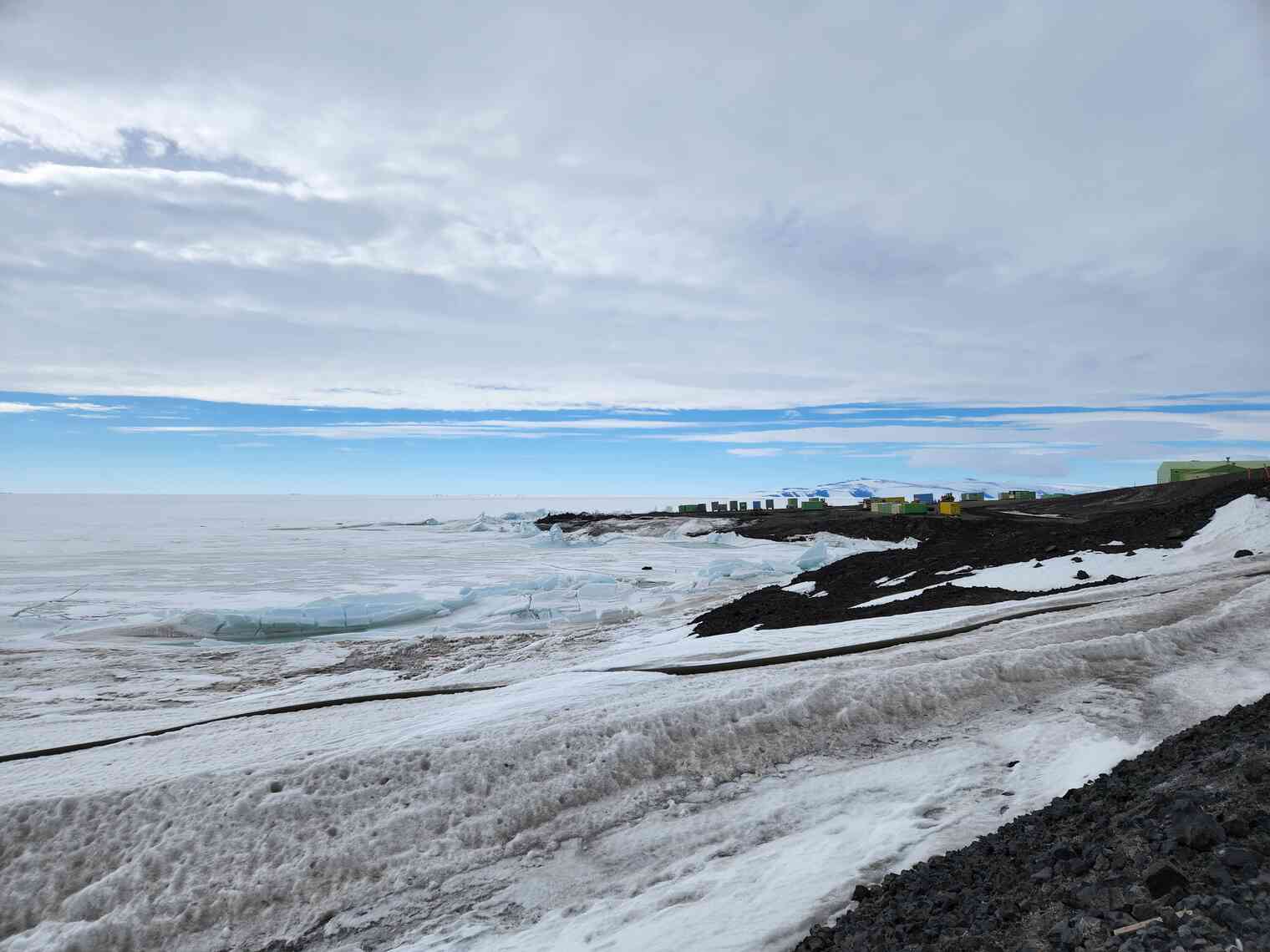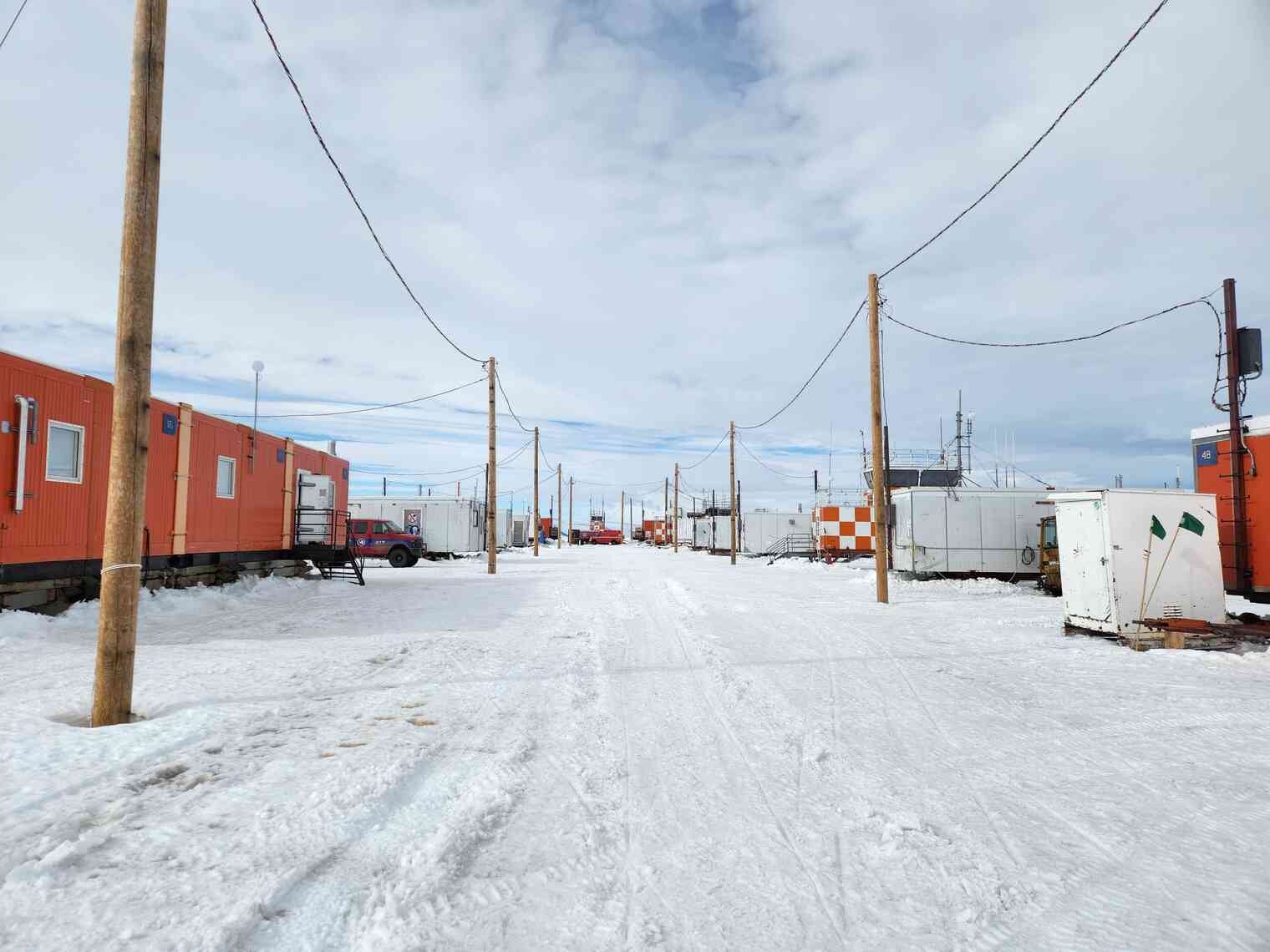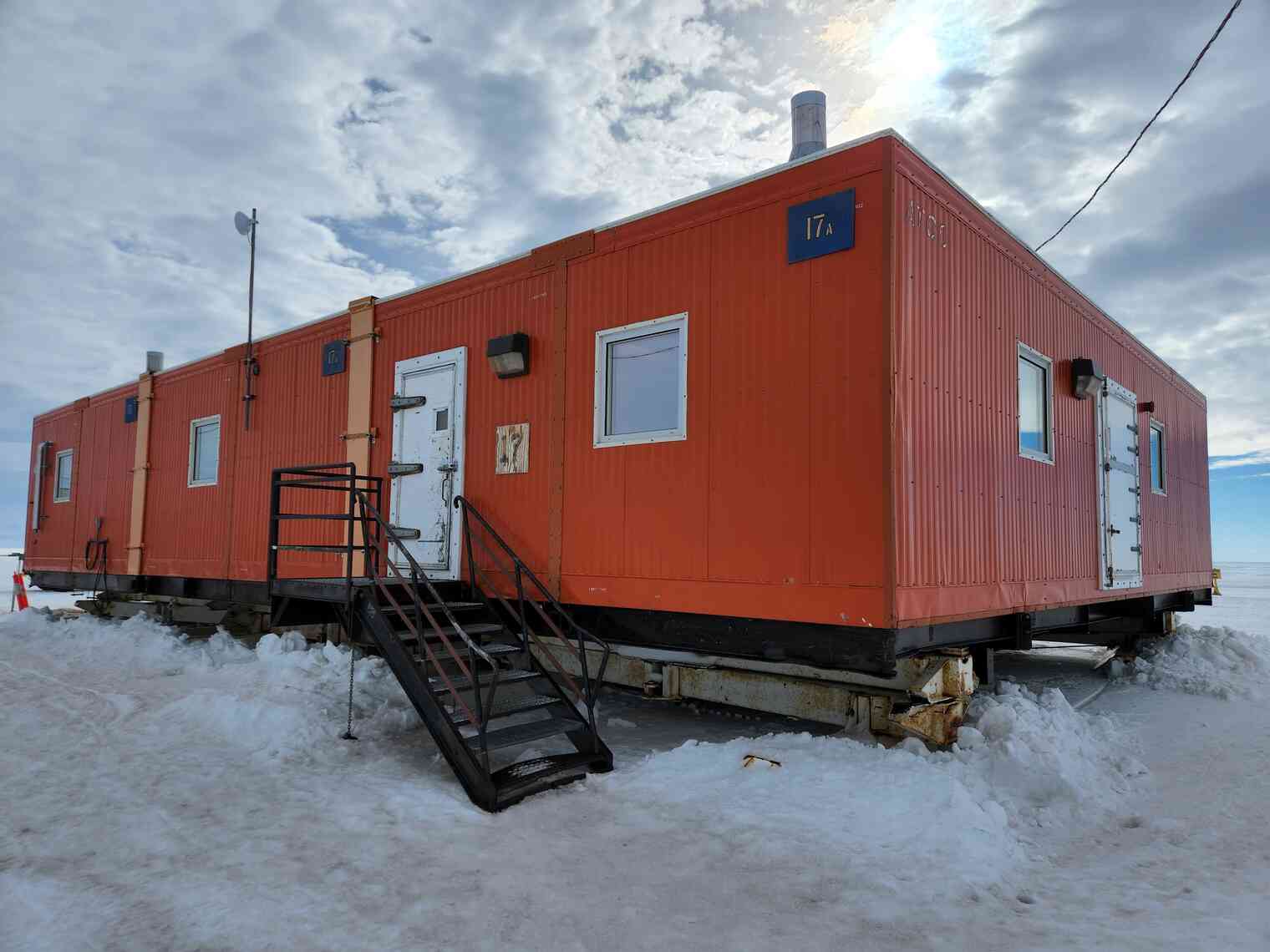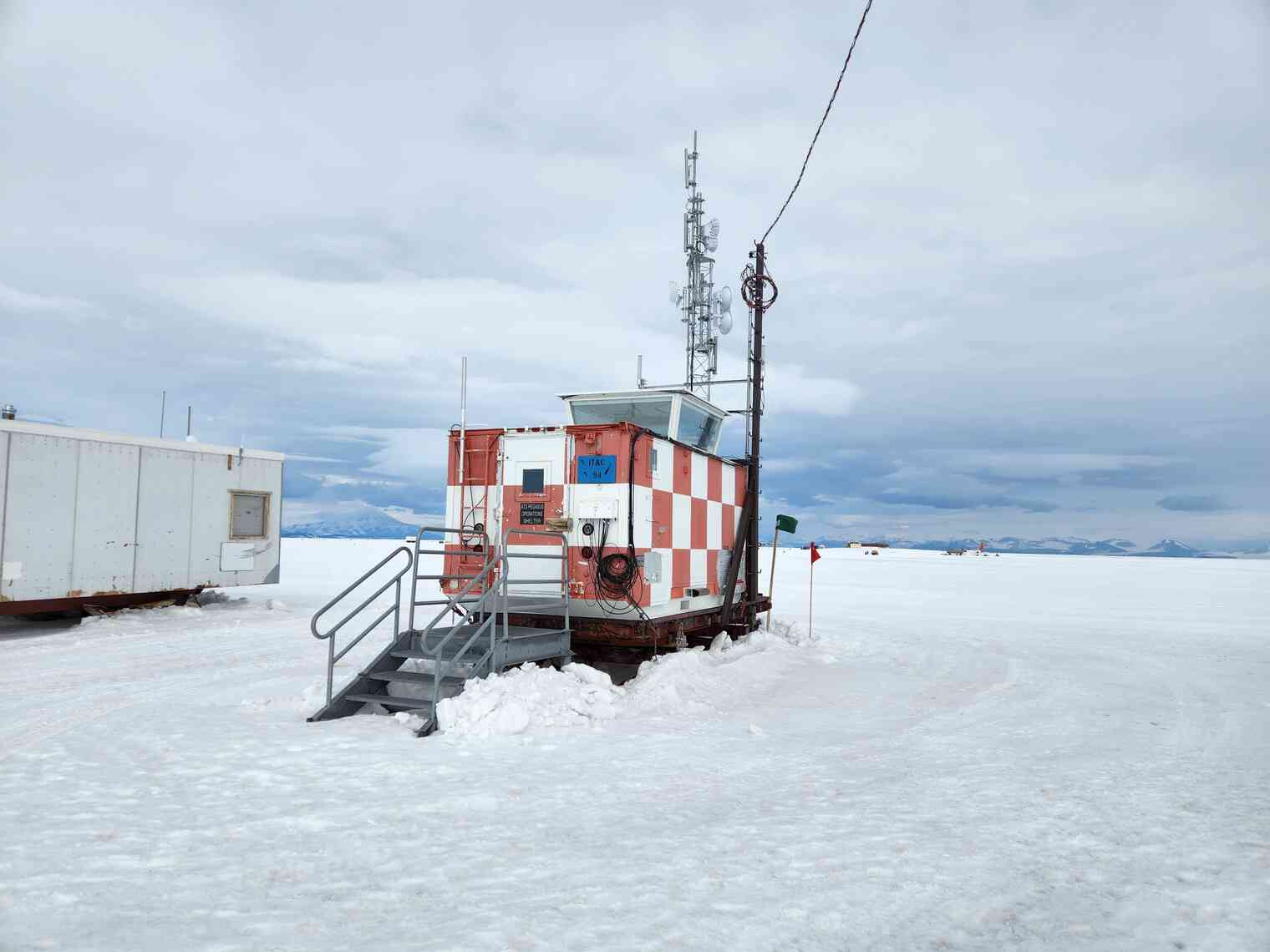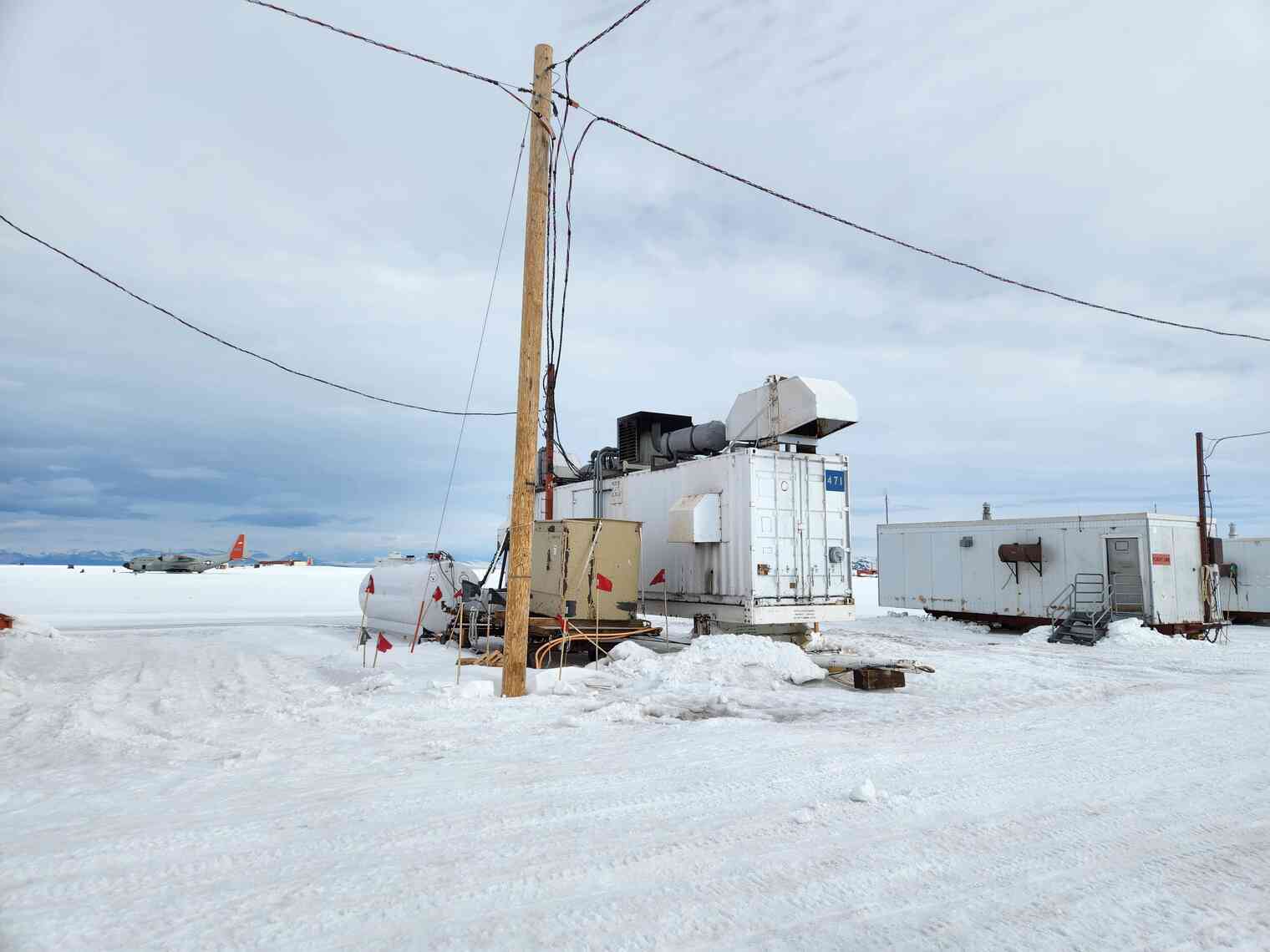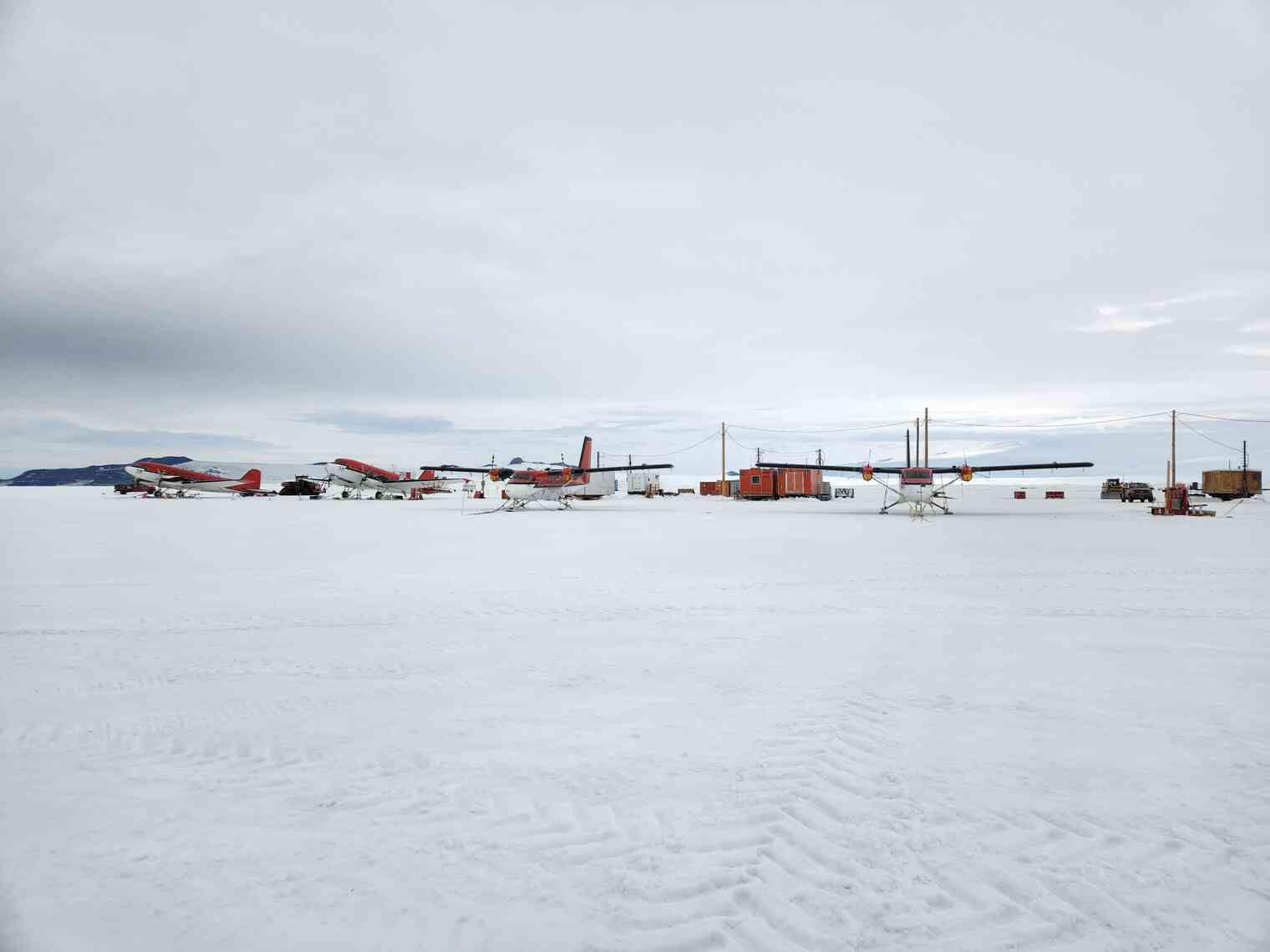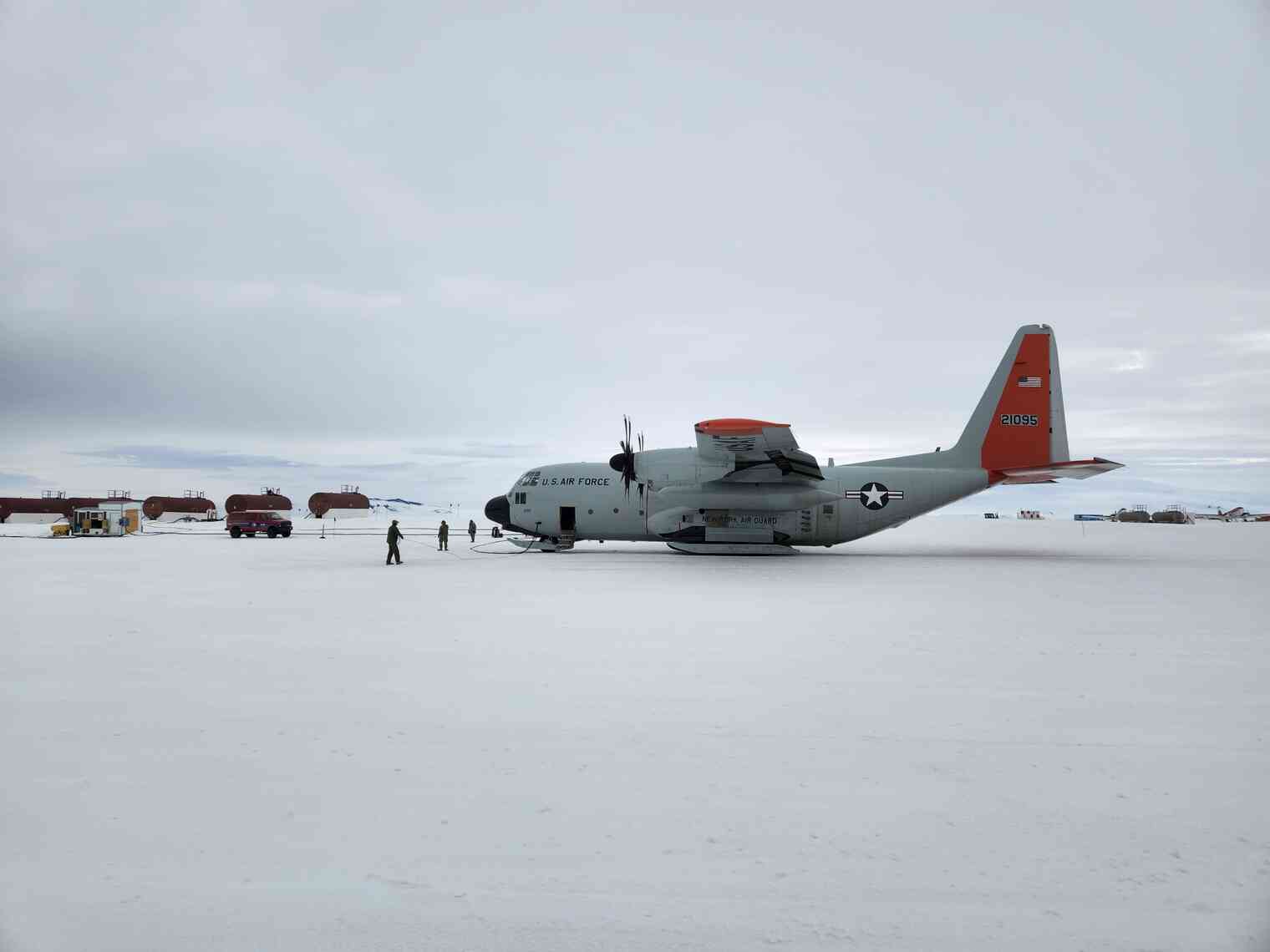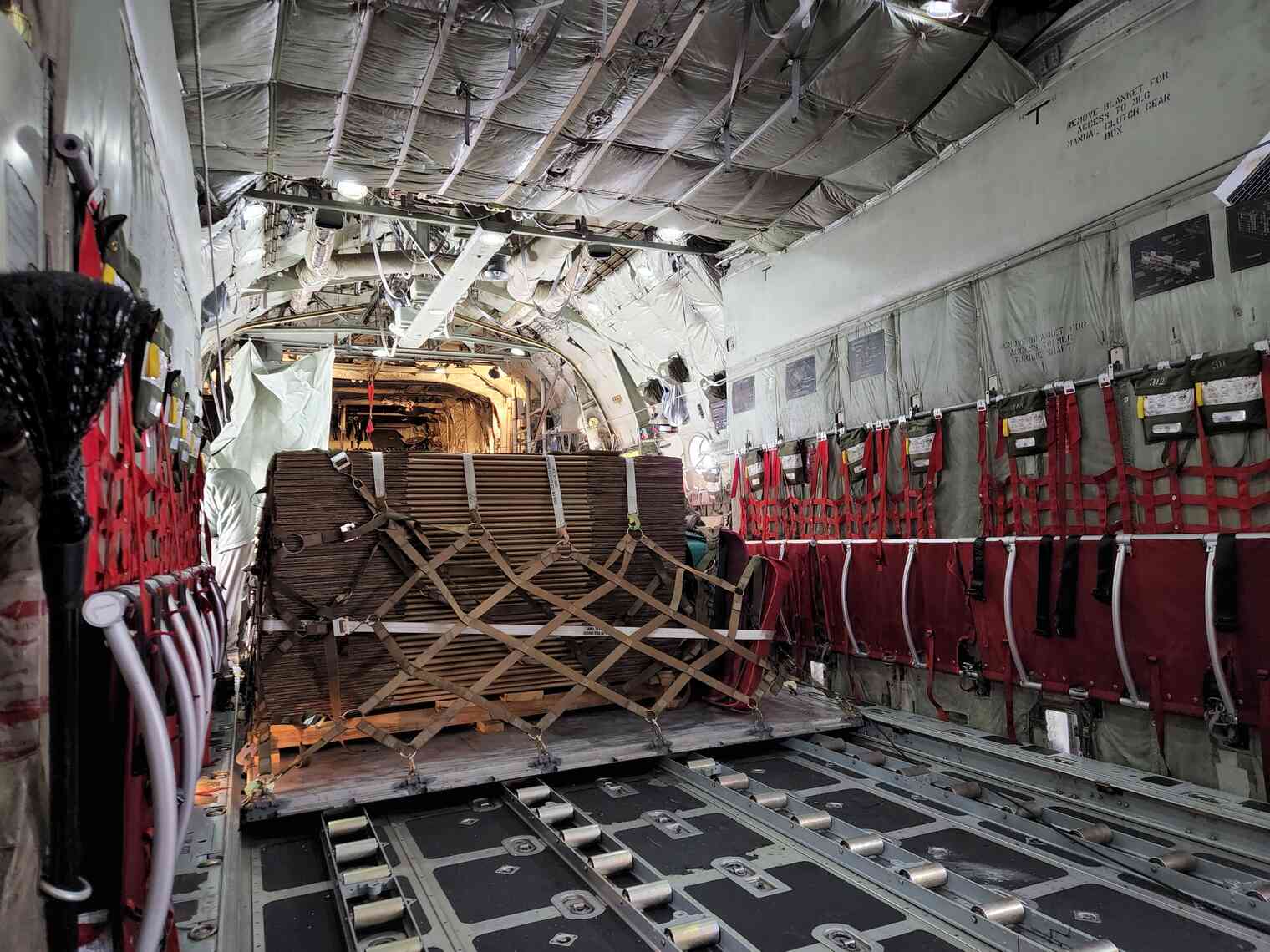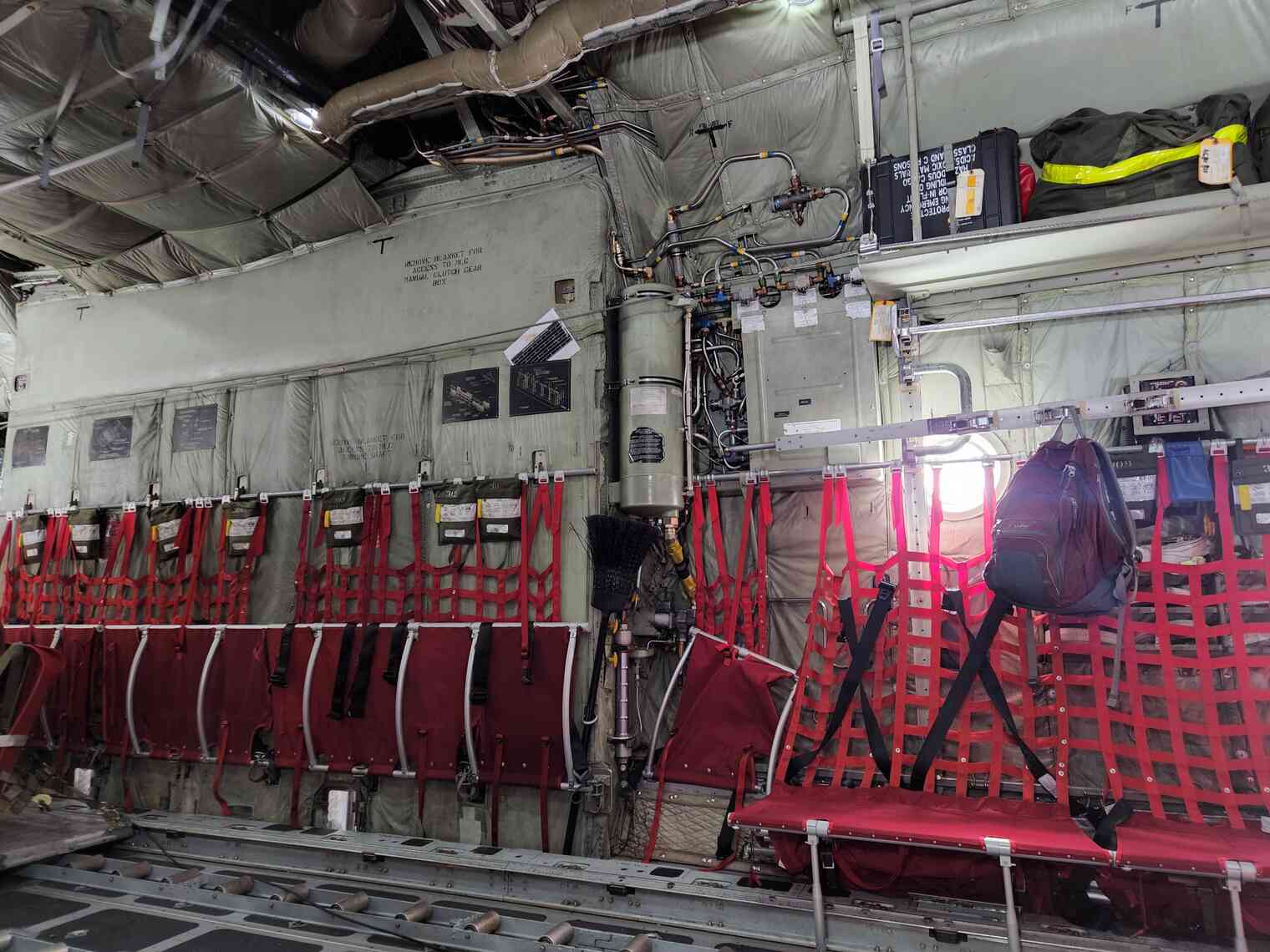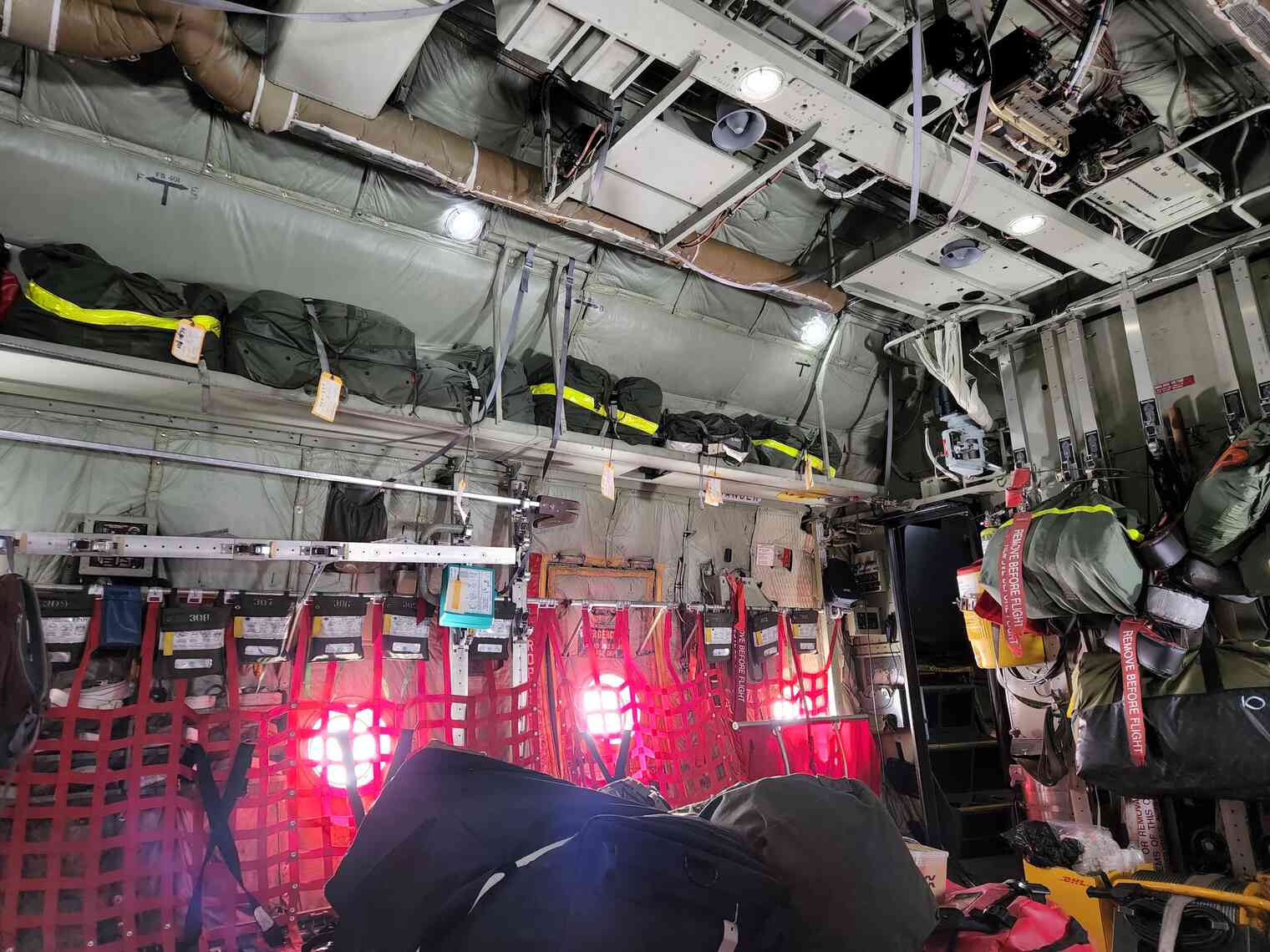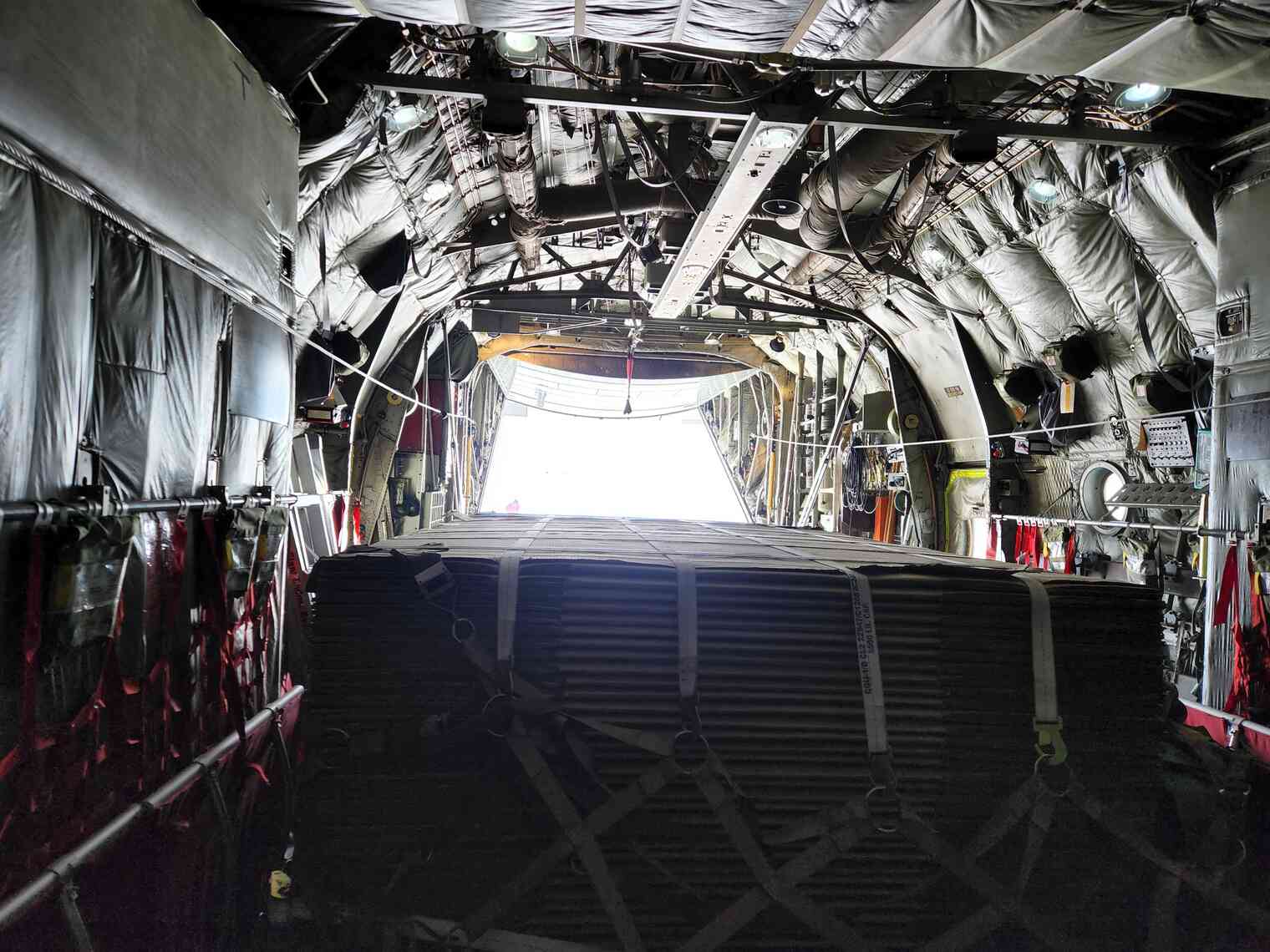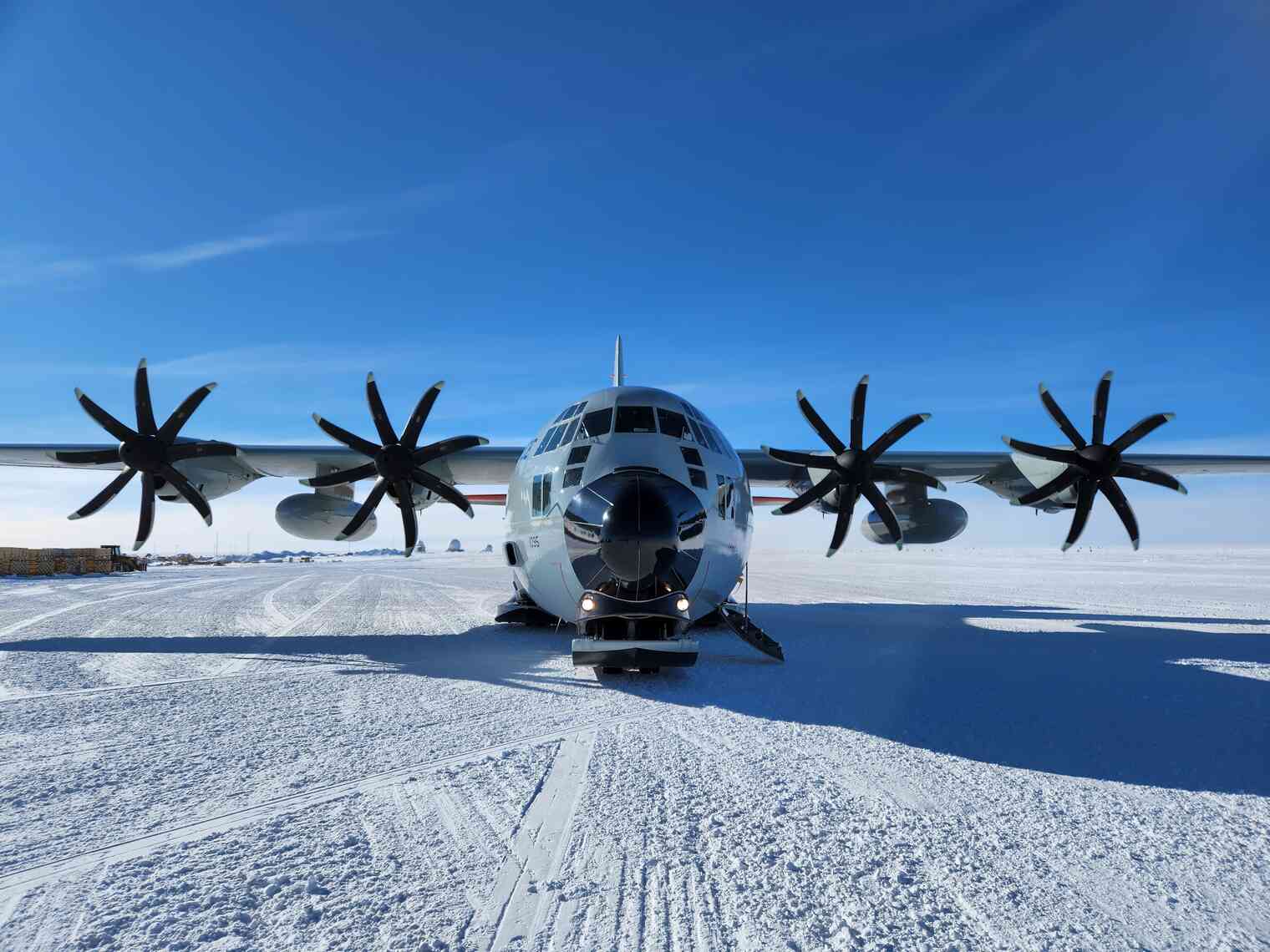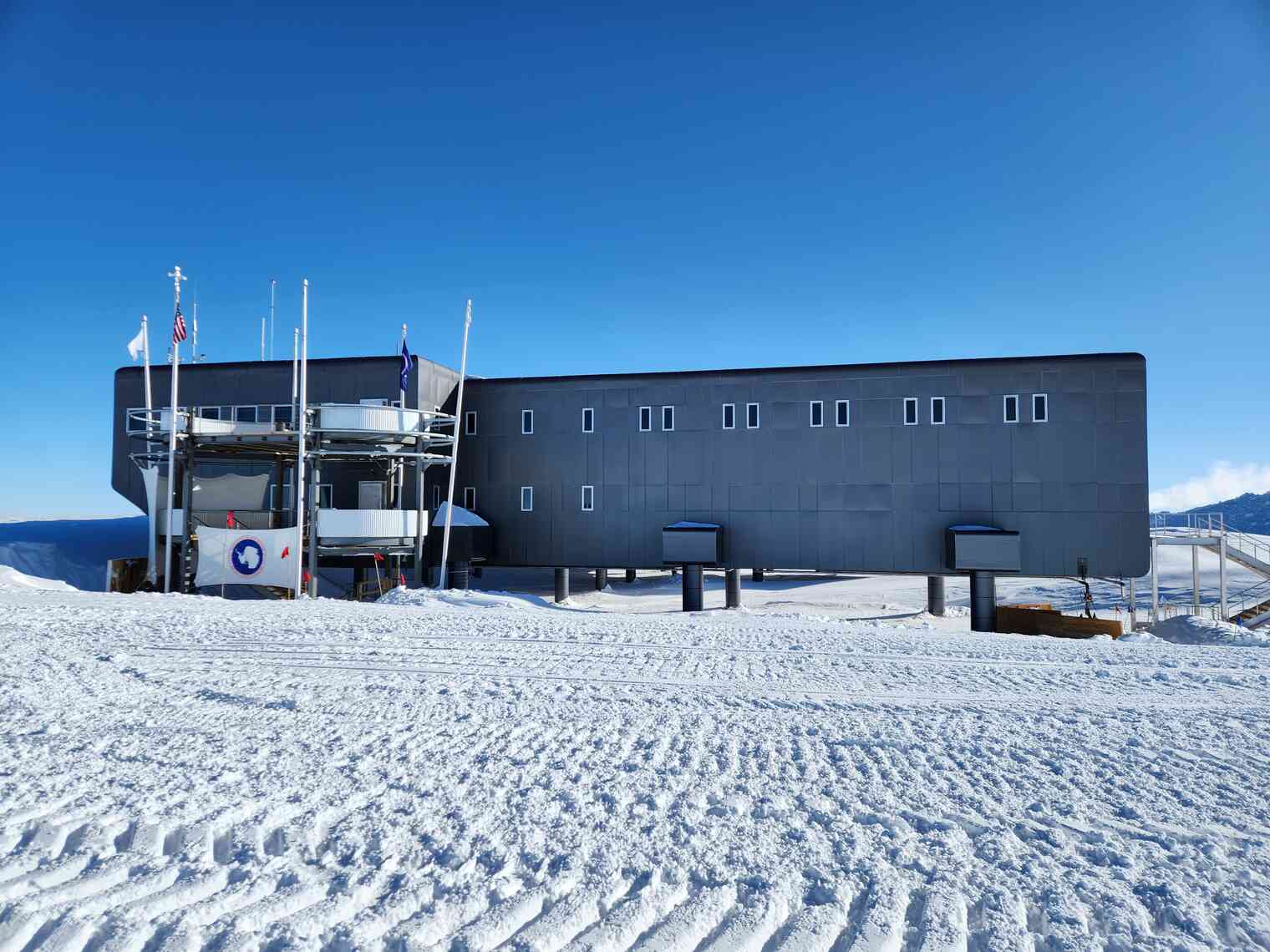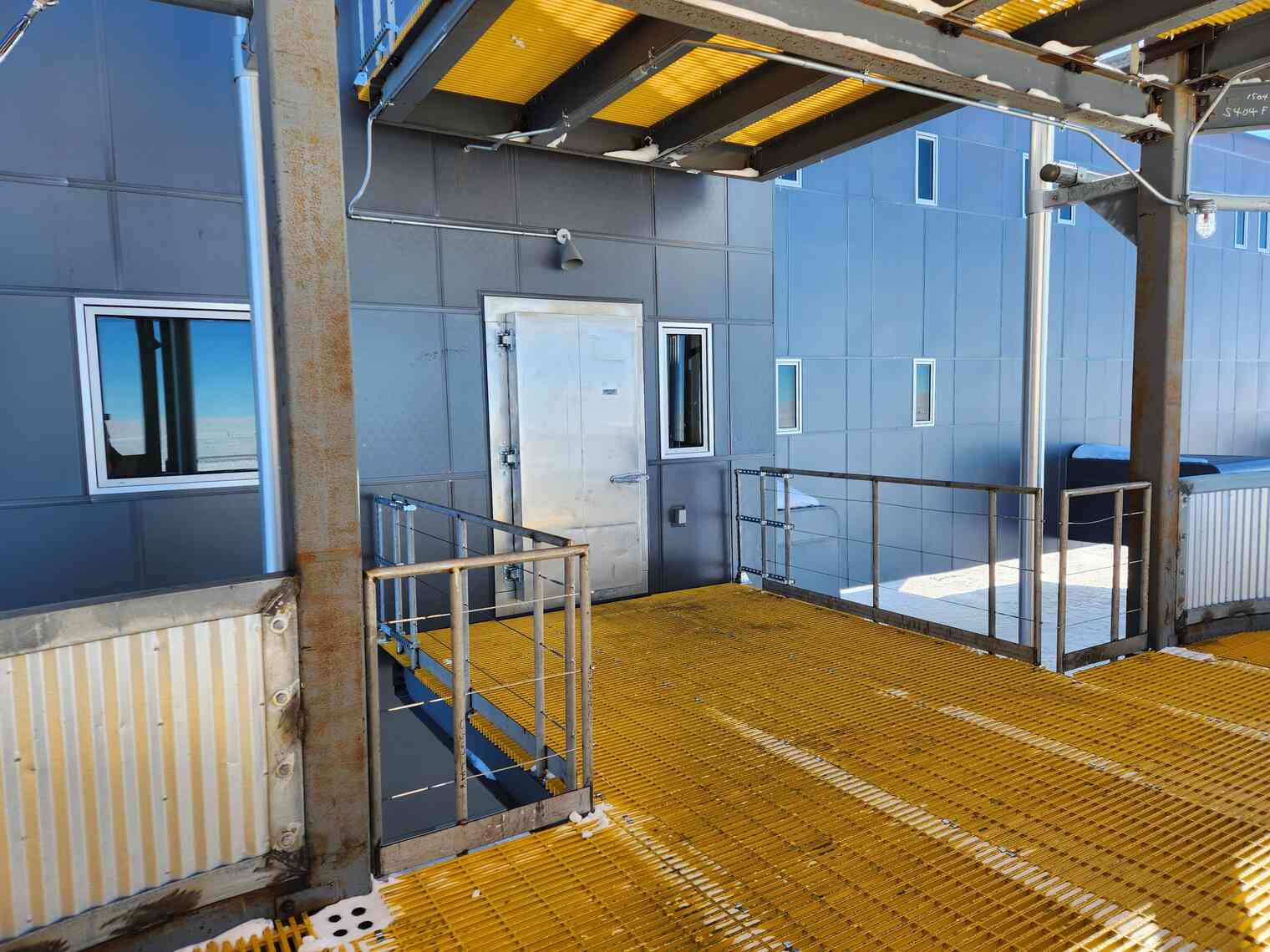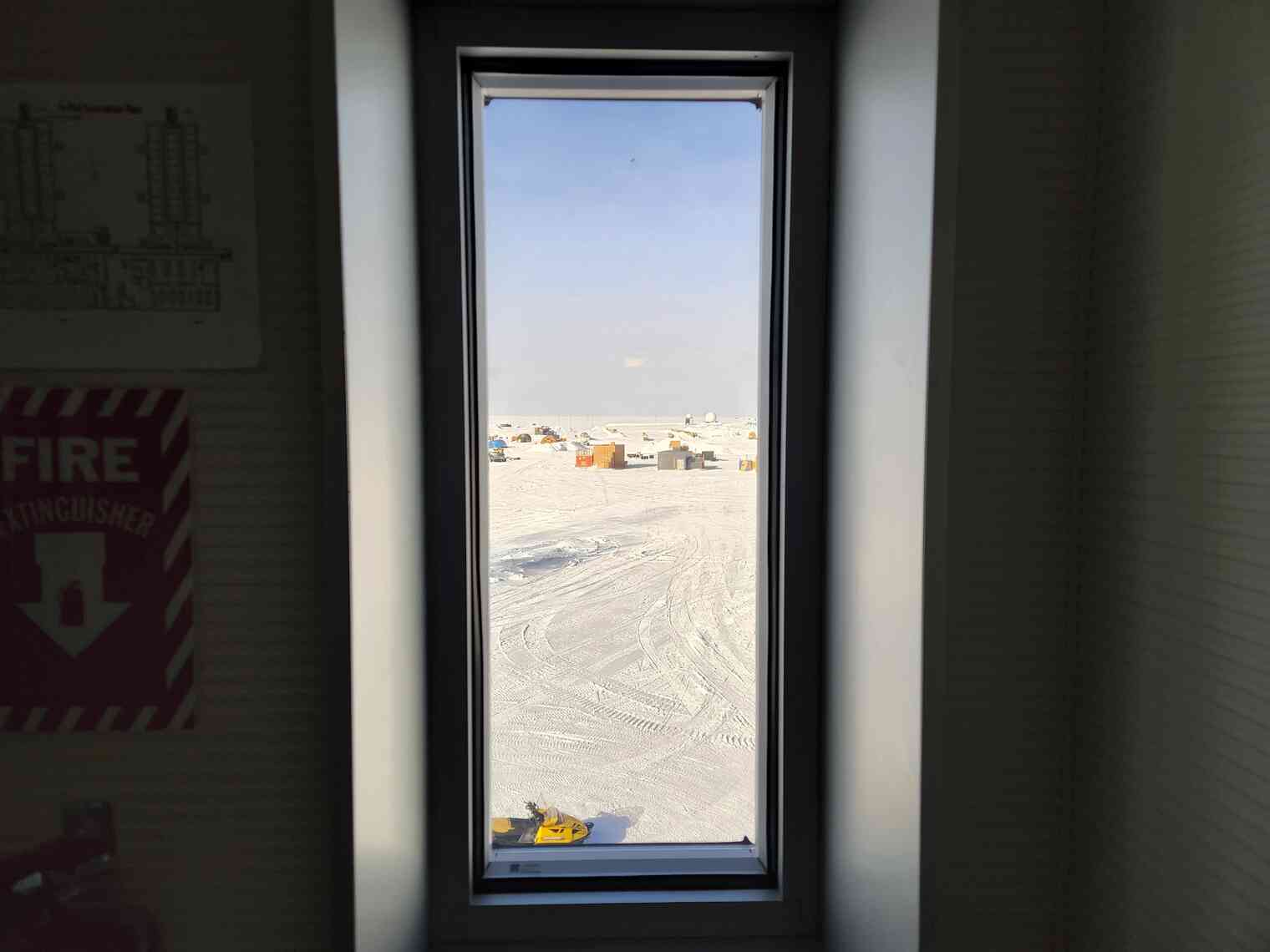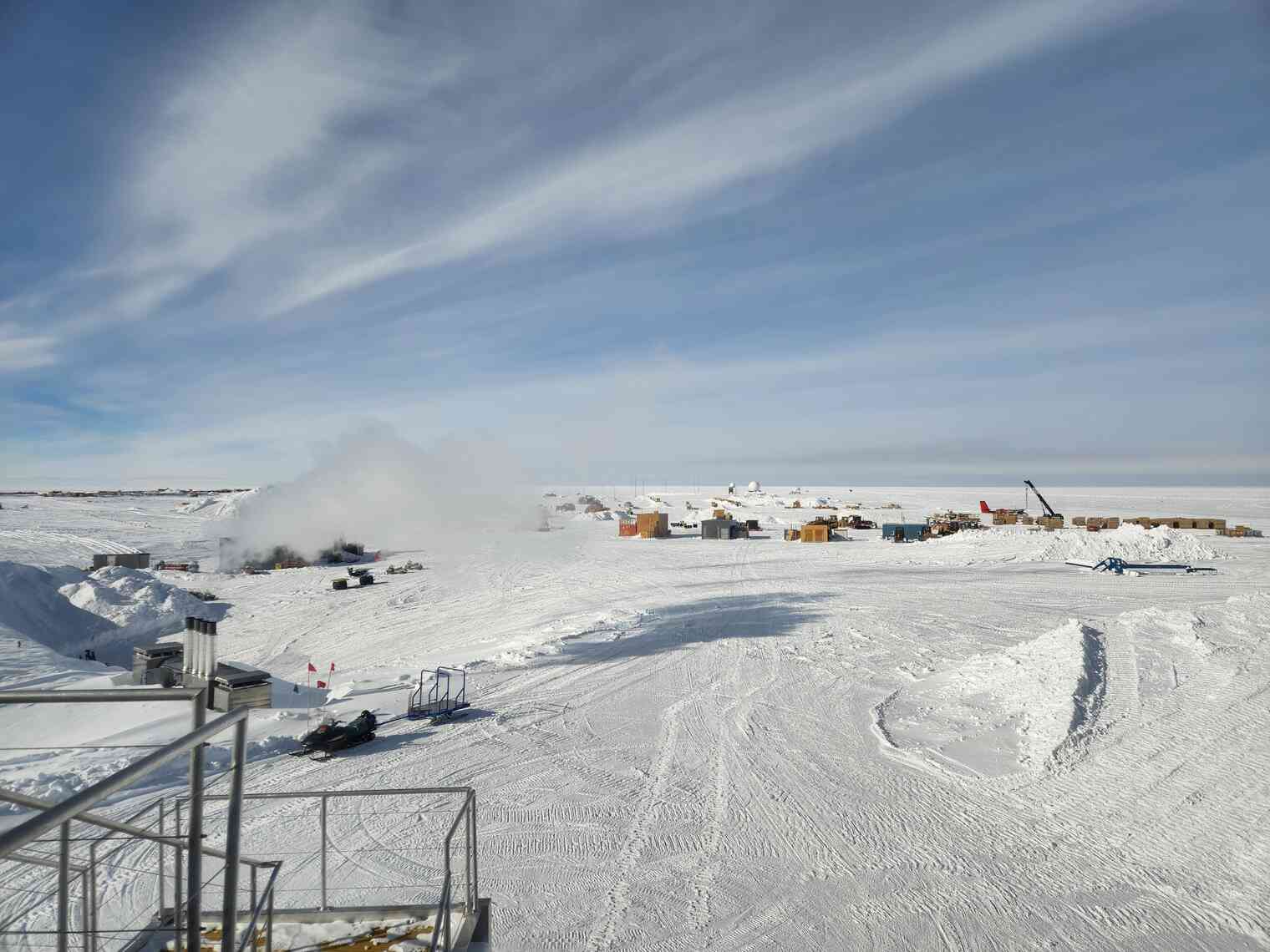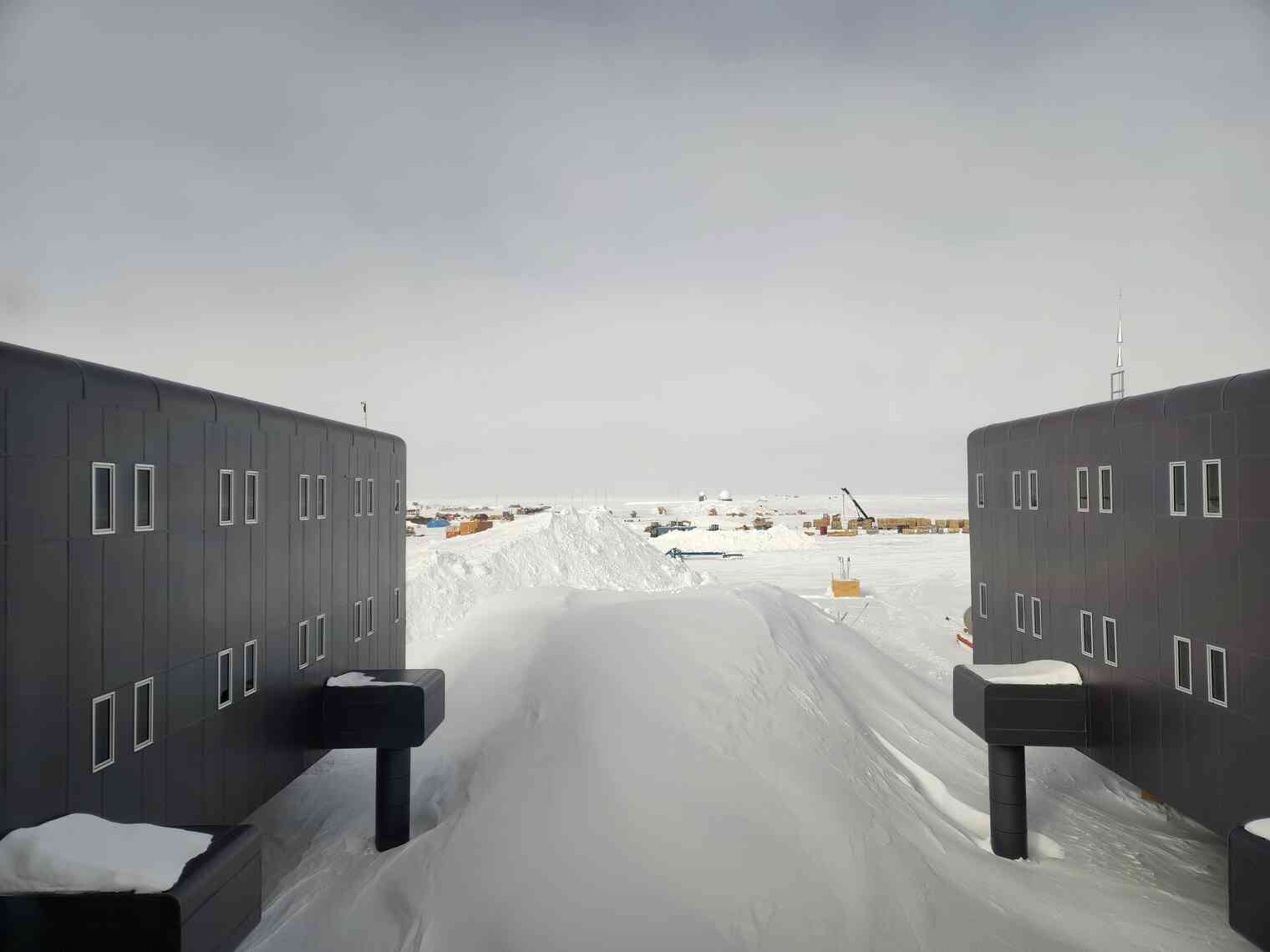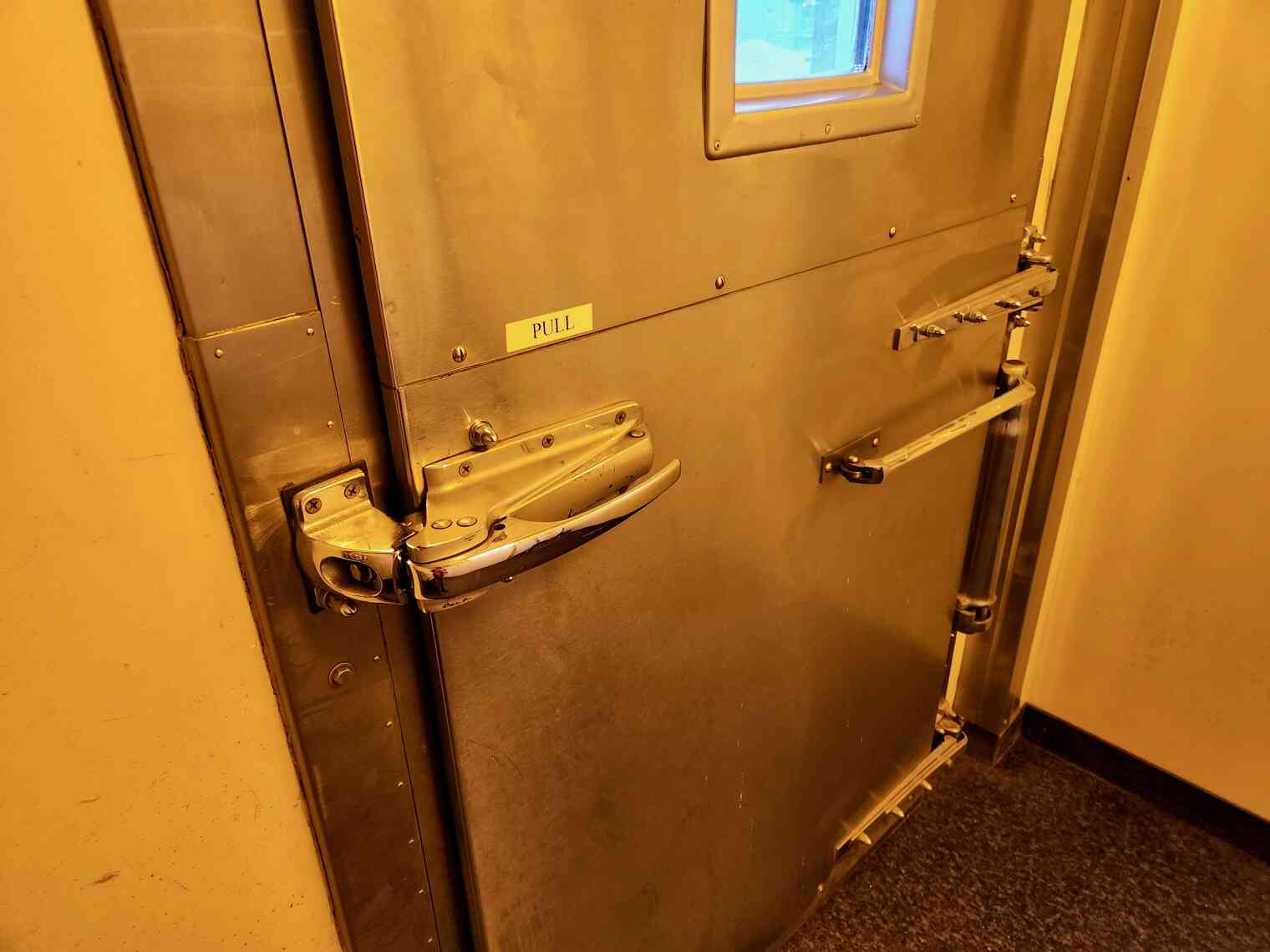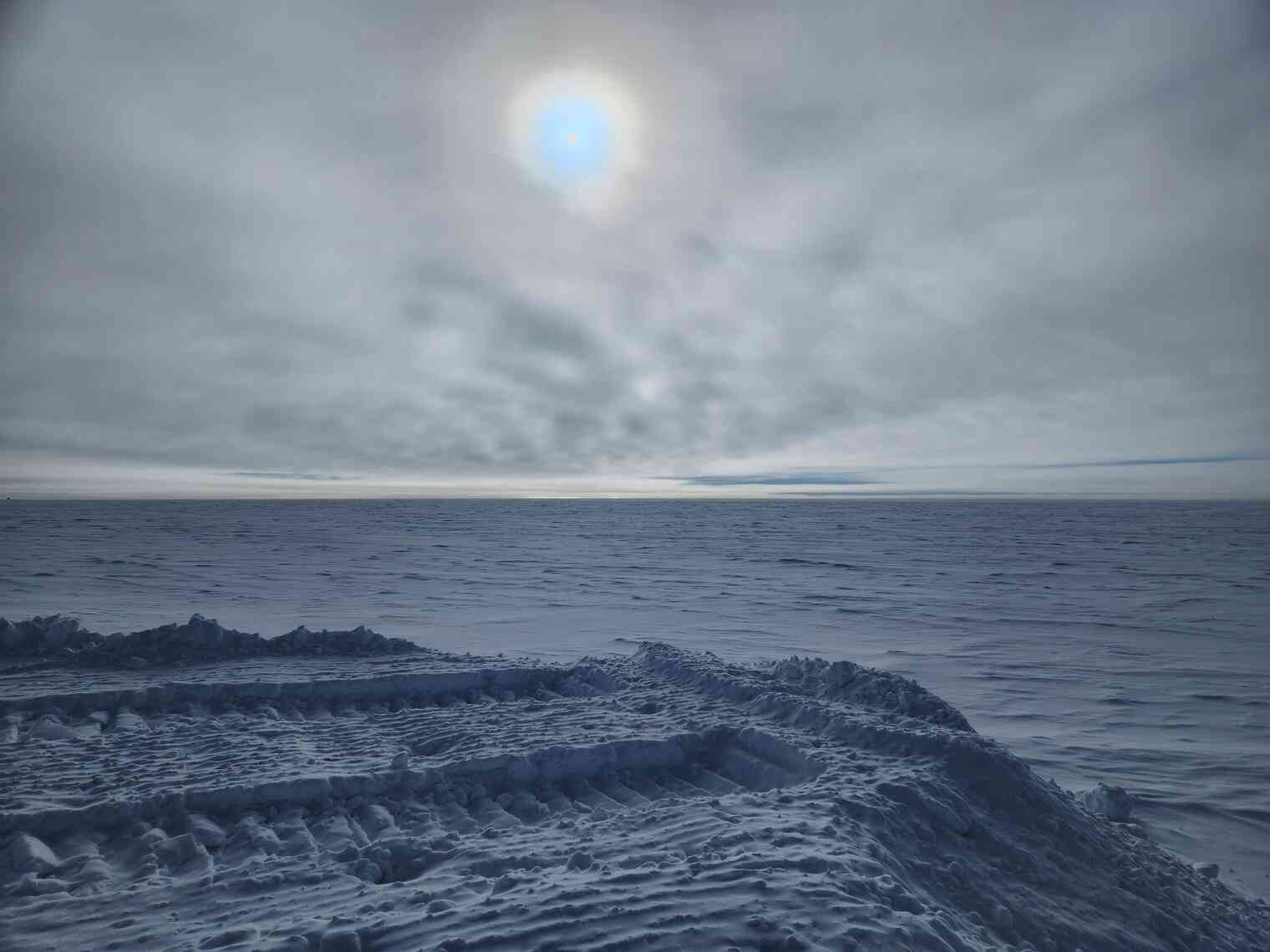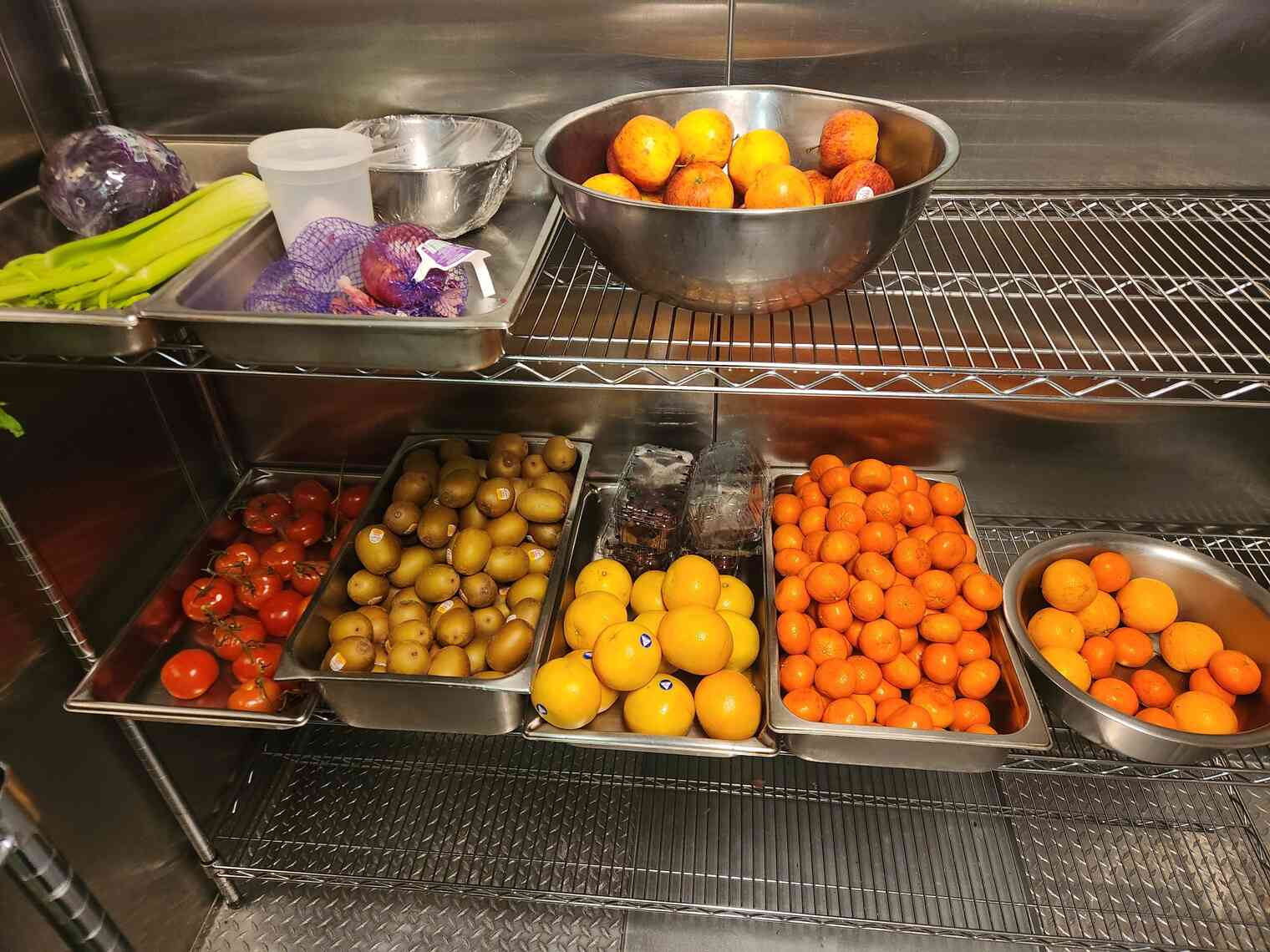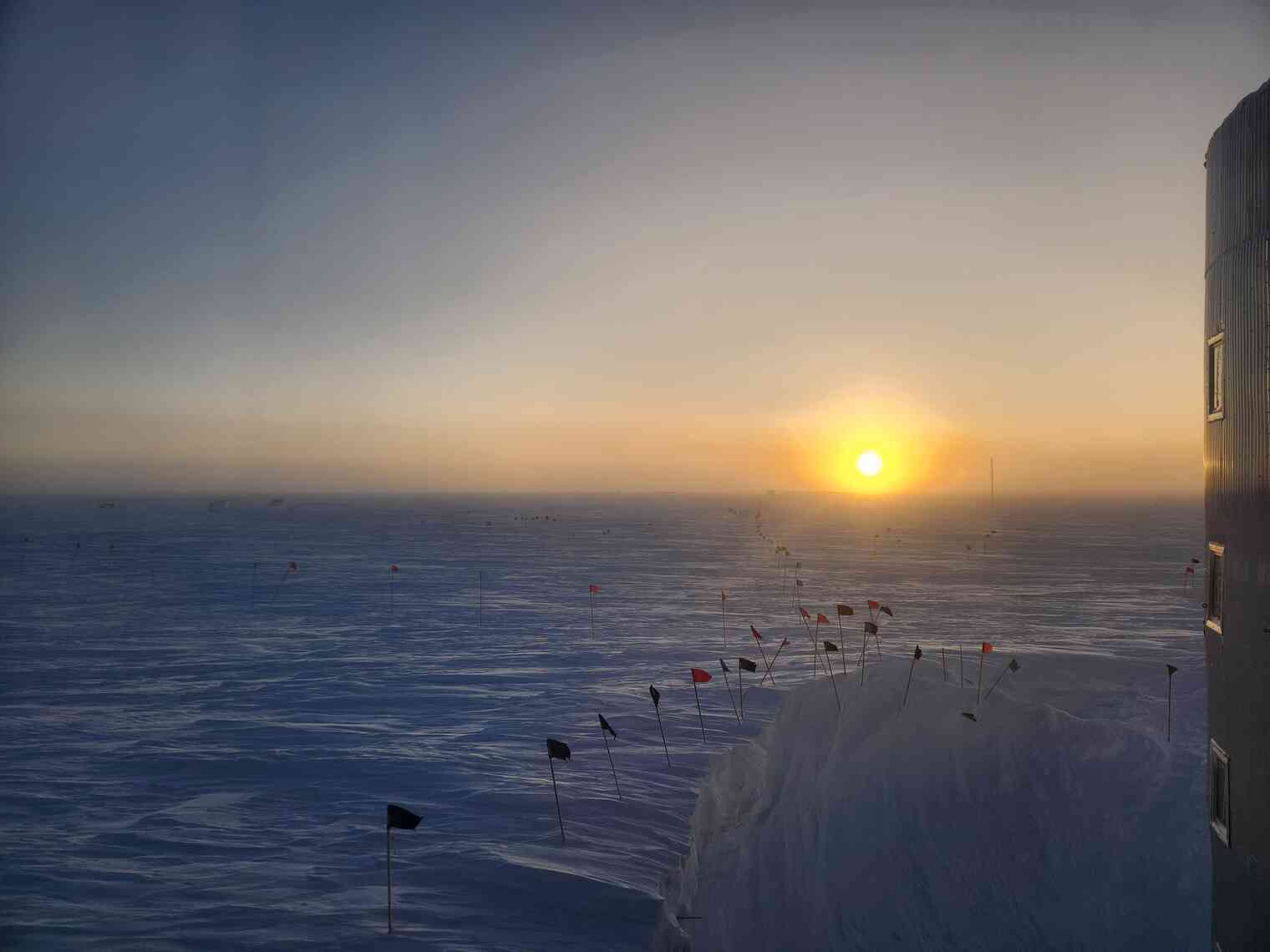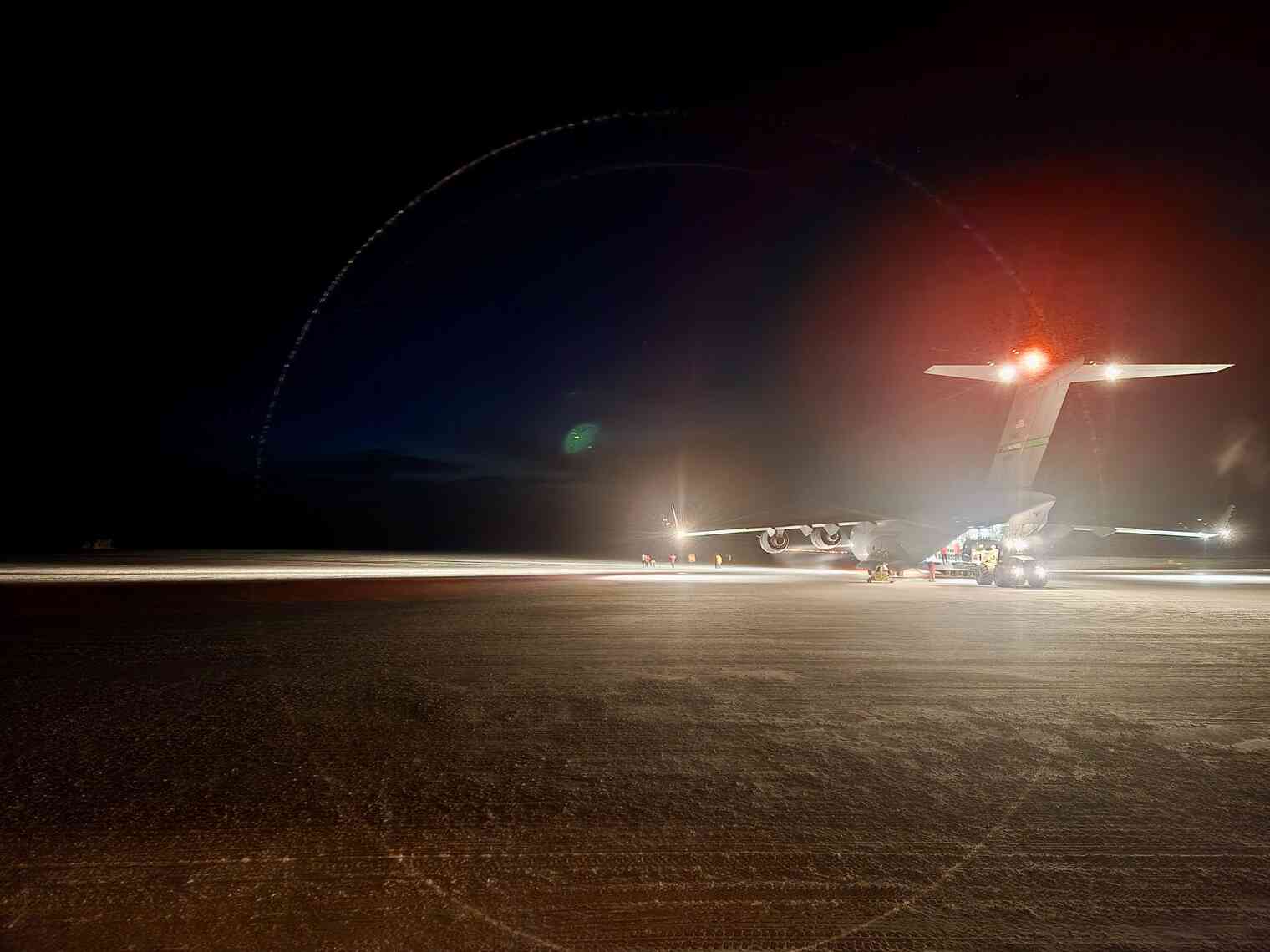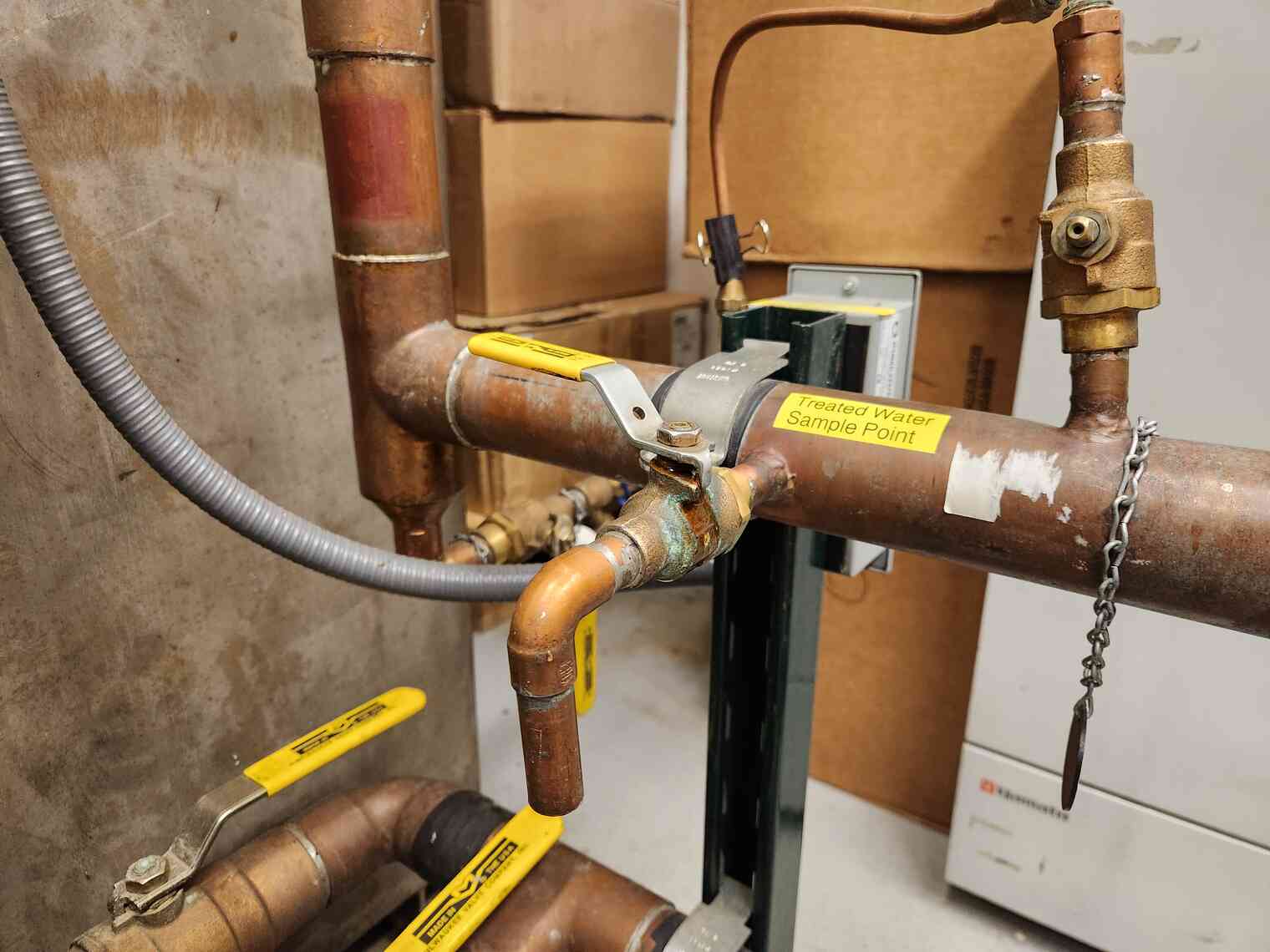I’ve moved! I recently changed stations, from McMurdo Station to Amundsen-Scott South Pole Station. The current plan is for me to remain here for the remainder of my deployment.
South Pole Station (sometimes just known as “Pole”) is located about 850 miles south of McMurdo. It’s at around 90° south latitude. Truly as far south as you can get!
It’s high up on the polar plateau, about 9,300ft above sea level. The station itself is much smaller than McMurdo, with a summer population of 100-200 people.
To get to the South Pole, the typical route for USAP participants is an intra-continental flight from McMurdo. These flights are frequent during the summer, carrying essential cargo to resupply the station.
The trip to the South Pole starts with a medical consultation. Flying to the South Pole is a bit of a shock to your system, due to the high altitude and the rapid ascent. You travel directly from sea level (McMurdo) to about 9,300ft (South Pole).
To mitigate the effects of altitude sickness and potentially serious complications, McMurdo has a supply of Diamox, and participants are encouraged to consider taking it. A typical course of Diamox starts the night before your flight, and ends two days after you arrive at altitude.
The night before my flight, I brought my bags up to the Movement Control Center (MCC), where they were weighed and palletized for the flight. Weighing in at 81 lbs, my bags snuck by right under the 85 lb limit. Somehow in my short few months at McMurdo, I’ve managed to accumulate… things. Shoes, clothes, odds-and-ends. It adds up!
On the scheduled day of my flight, I waited for the word that my flight had been “activated”. Due to unpredictable weather in Antarctica, sometimes a given plane will have a few potential destinations in priority order, and we won’t know which flight is going until the very last minute after they’ve made a final weather call.
In my case, I was either going to fly in the morning or in the evening. My flight was a backup flight in the morning, and it was the primary mission for the evening. The morning’s primary mission was canceled due to weather, so my flight was “activated”, and I flew to the South Pole in the morning.
The trip out to the airfield can take many forms, depending on how many people are traveling on a particular flight.
If it’s a full flight, you’ll ride out in one of the larger transport vehicles. In my case, I was the only scheduled passenger on this flight, so I rode out in a regular passenger van.
We drove out of McMurdo toward Scott Base and approached the Scott Base Transition, where the road transitions from Ross Island (volcanic dirt) to the McMurdo Ice Shelf (snow and ice).
Before we could proceed out onto the ice, we stopped to clean off the vehicle. Loose mud will fall off the vehicle onto the ice, and it will absorb sunlight and cause uneven melt patterns, which can damage the road.
Here’s a few photos of the transition from Ross Island to the McMurdo Ice Shelf:
And here’s some outbuildings that are part of Scott Base itself, as seen from the Scott Base Transition. Scott Base is the primary Antarctica New Zealand research station.
It’s a quick drive, maybe 20-30 minutes, out to Williams Airfield, informally known as “Willy Field”. This is the annual snow runway for ski-equipped planes. There’s a surprising amount of infrastructure out here to support this! This is where most on-continent / intra-continental flights are handled.
This is the main town area at Willy:
There’s a galley out here! There are enough people who work out here all day every day to support a full galley. They serve meals, and it’s a place to relax on your breaks:
Here’s the communications building at Willy, which handles communication to other buildings onsite as well as communication back to McMurdo:
And the power plant, a pair of diesel generators that keep the place running:
Kenn Borek Air (KBA) stages a number of their aircraft here. KBA flies to a lot of smaller field camps that can’t support larger planes. Here you can see some KBA Twin Otters and Baslers:
Flights to the South Pole are typically on LC-130s. These are ski-equipped planes, capable of landing on the groomed snow skiway at South Pole Station.
Here’s the plane taking me to Pole! An LC-130 operated by the New York Air National Guard.
The interior of the LC-130 is very reminiscent of the C-17 I flew on to McMurdo, but it’s much smaller.
During this part of the season, they fly LC-130s as cargo flights to Pole regularly, often multiple times per day. Whenever there’s a passenger, which is rare this part of the season, they just stick us on the next available flight. I was the only passenger on this particular flight, nestled in among several pallets of cargo.
The flight itself was pretty uneventful! About 3 hours, no turbulence, nothing special. So uneventful, in fact, that I passed some of the time working on this silly blog.
When we arrived at the South Pole, they opened the cargo door to unload the pallets, giving me my first (blinding) glimpse of the South Pole landscape.
Typically, the LC-130s are unloaded / re-loaded quickly, and then sent back north to McMurdo.
It’s a bit chilly here! It was -20°F when we landed. For these quick turnarounds, they just leave the engines running. This way, they’re ready to depart as soon as they’re loaded with retrograde cargo and any passengers heading north.
Unlike at McMurdo, it’s only a short walk from the skiway to the elevated South Pole station.
Here you can see “Destination Alpha”, the primary entrance to the elevated station.
And of course, a close-up of the door (you know how much I love doors…)
And that’s it! That’s how you get to the South Pole. To finish, here are a few shots of the outdoor landscape, as photographed from inside the elevated station through the windows:
I’ve been here a few days, and I’m slowly acclimating to the high elevation. I’m fortunate to have gotten a chance to see two stations in a single season, and I’m looking forward to getting situated in this new environment.
Until next time!
